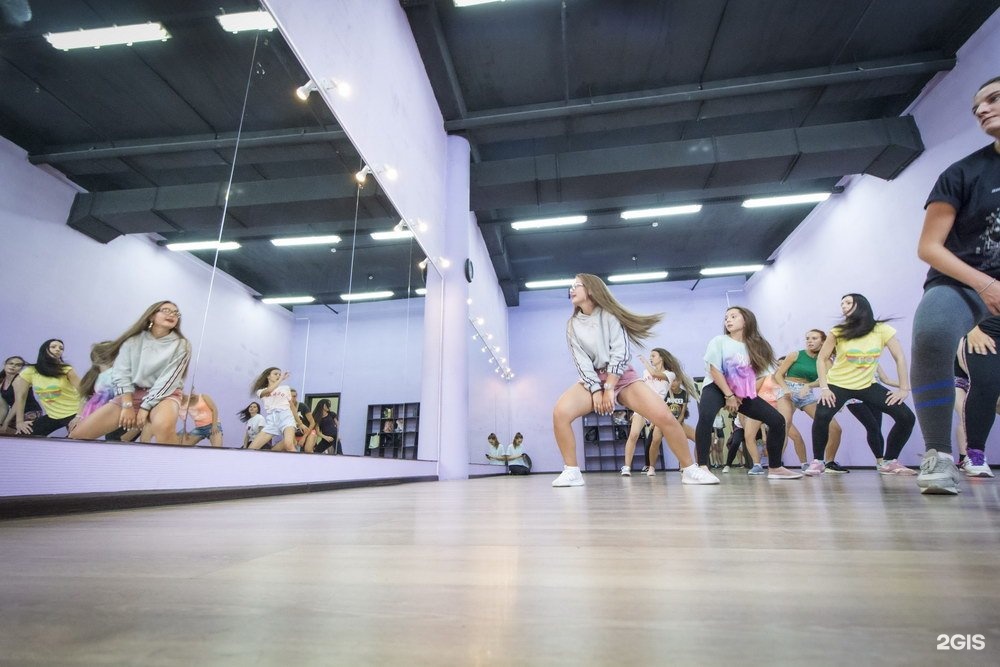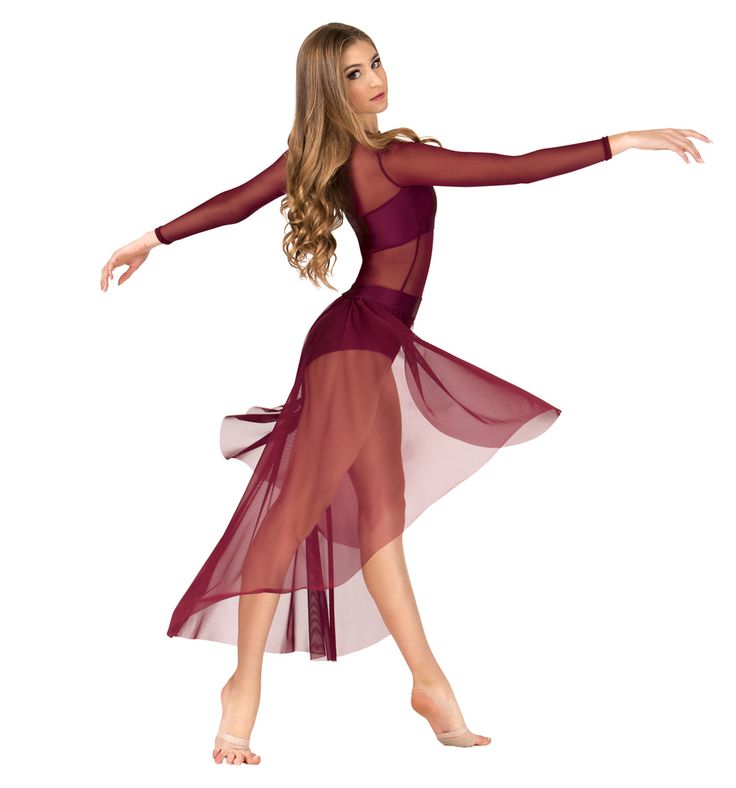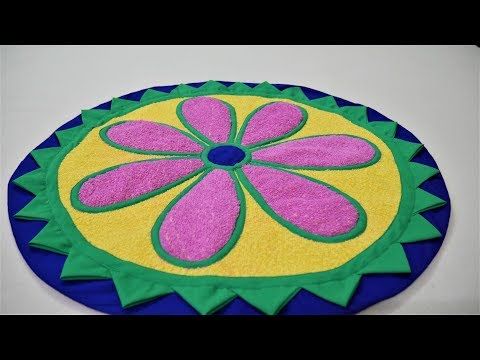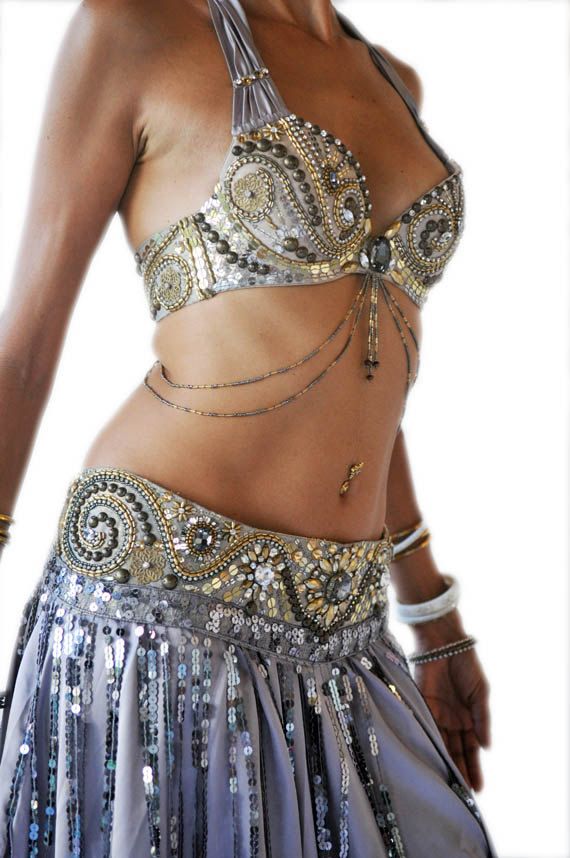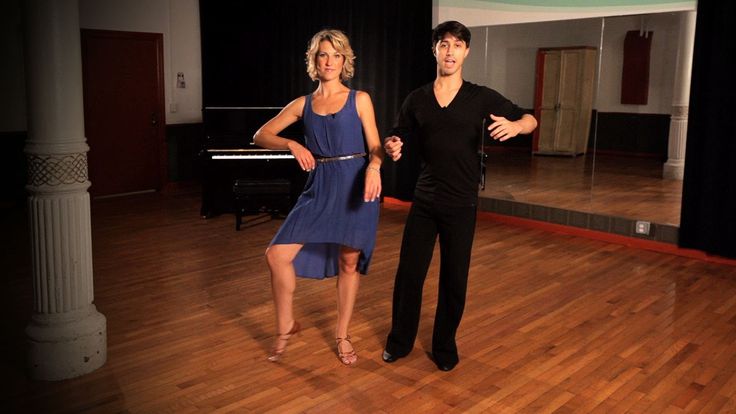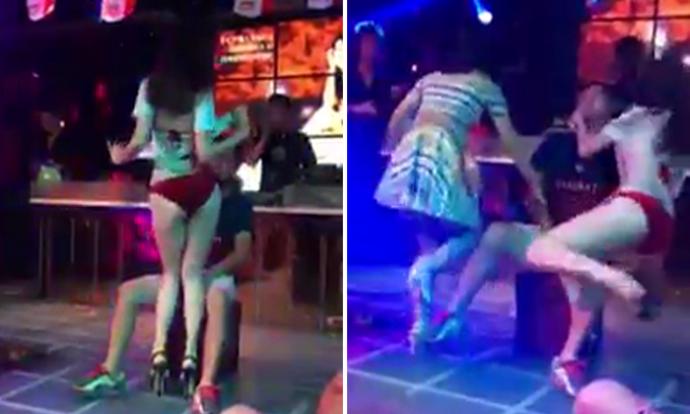How much does it cost to run a dance studio
How Much Does It Cost To Run A Dance Studio? 10 Things To Consider
Opening a dance studio is a lifelong dream for many dancers. With a solid business plan and realistic expectations, you can make turn your dream into a reality. Before you take the first leap, here’s what to consider when it comes to the cost of running a dance studio.
How Much Does It Cost To Run A Dance Studio?Your projected costs will vary widely, depending on your location, the types of classes you want to offer, the size of your studio, and more. However, Entrepreneur Magazine estimates that most studios can expect $10,000 to $50,000 for typical start-up costs.
Where will that money go? These are the largest expenses to plan for when starting up a studio.
1. The studio space itself and utilitiesYour biggest cost will likely be for the studio itself. First, decide whether you want to buy or rent your studio space. Your finances and location will help you determine the best option. Either way, you’ll be spending money on rent or a mortgage.
As you look for the perfect space, think about important factors like location and size. You want a studio that is big enough for the amount of classes you plan to offer. Plus, it helps to be in a location that is easy for people to find with plenty of parking.
2. UtilitiesBe sure to plan for the cost of utilities, as well. Research providers in your area and get estimated monthly costs for the size of your space.
Note also that older buildings may be in great central areas, but cost more in terms of heating or cooling.
3. Setting up the spaceCreating the perfect atmosphere for your classes is essential, which is why it also makes up a large part of your start-up costs.
For a dance studio, your flooring will be one of the most important investments within your space. While you want to stay within your budget, the safety of your dancers should be your top priority.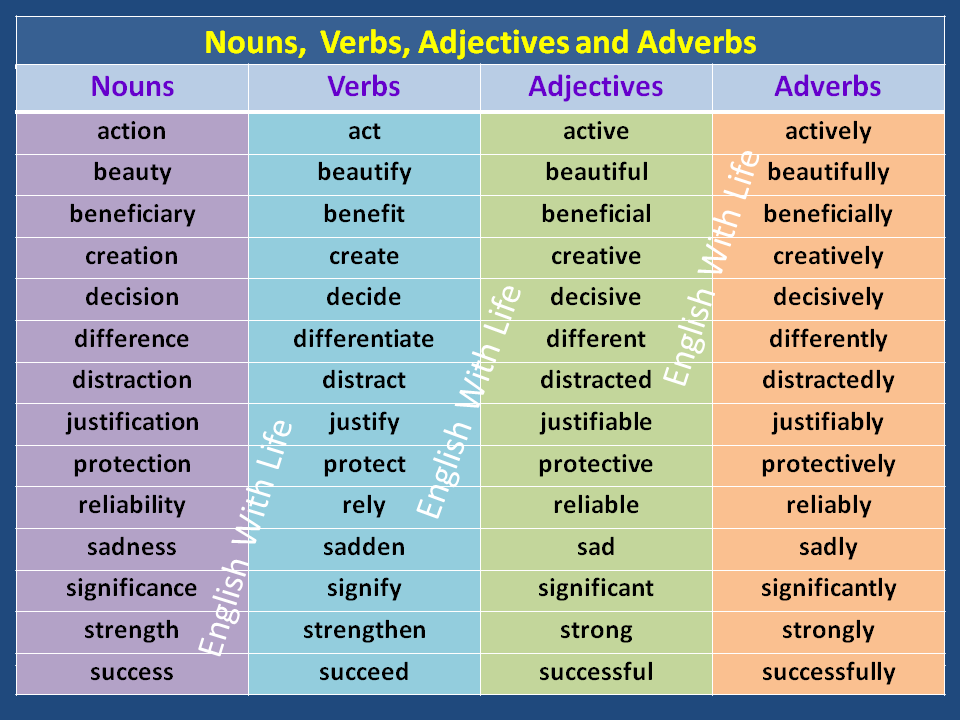 Going with the cheapest option could lead to injuries. Further, poor quality flooring simply won’t last long. With routine maintenance though great floors can last up to 15 years.
Going with the cheapest option could lead to injuries. Further, poor quality flooring simply won’t last long. With routine maintenance though great floors can last up to 15 years.
If not already in the space, air conditioning and heating systems are another big part of setting up your studio. You need to provide a comfortable environment for your dancers at the right temperature, regardless of the weather outside.
4. EquipmentThere are certain elements of a dance studio that new and veteran dancers alike expect to see: full mirrors, a ballet barre, and even straps.
A barre is important even if you don’t plan on offering ballet classes. Barre exercises promote strength and endurance, and improve flexibility and posture. If you’re concerned about costs, portable barres are much more affordable than wall mounted ones. Mirrors are also a must for any dance studio, regardless of the classes you plan to offer, as floor-to-ceiling mirrors allow your dancers to check their form.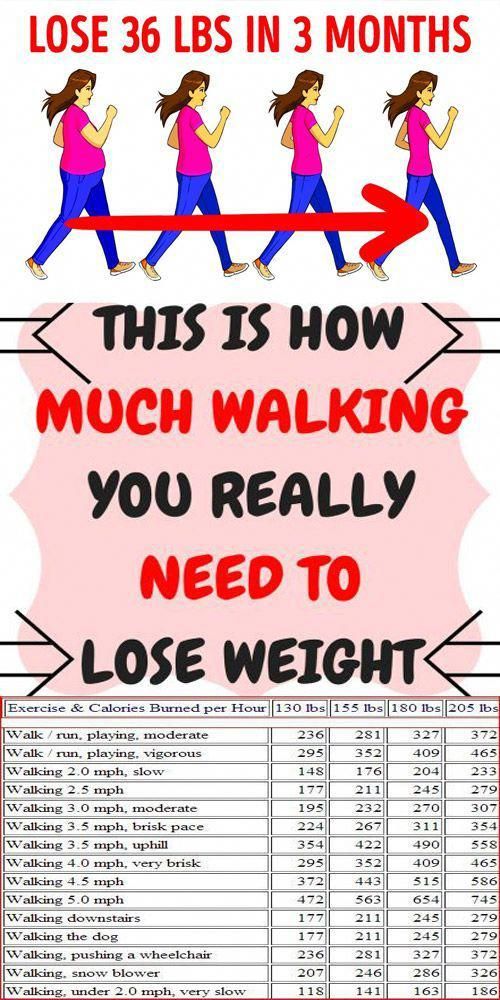
In some cases, aerial straps are an important addition for certain types classes, as well as stretching. If you plan to offer fitness-style classes, consider any additional costs for the equipment used in these classes.
5. Teacher compensationLabor is a major cost of running a dance studio. If you’re worried about the cost of paying teachers, especially in the beginning, try to teach as many classes as you can.
Once you’re comfortable with your budget and ready to hire, you’ll need to develop a compensation plan. There are typically two ways of paying dance teachers. Some studios prefer to pay an hourly wage, and others pay a certain dollar amount per student, per class (for example, $9.00 for every student in the class that day).
No matter how you decide to pay your teachers, remember there are minimum wage requirements that vary from state to state, and even across cities. Likewise, you’ll want to be a competitive employer in your area, so it pays to match what other studios are offering nearby.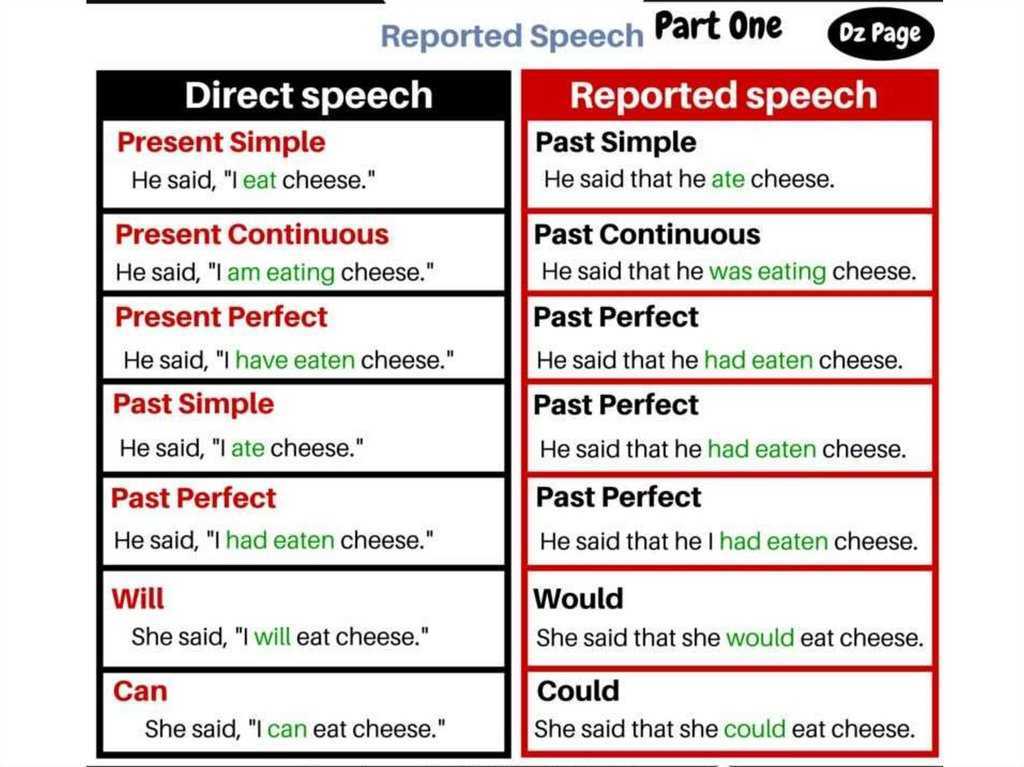
The amount of work that needs to be done in a popular dance studio will pile up fast. For this reason, you shouldn’t try to take on every task necessary for maintaining your studio. Calculate the cost of labor early on to figure out how it will factor in to your studio’s budget.
Consider, who will keep your studio clean? This includes your dance floors and mirrors, as well as the bathrooms and lobby area. Some studios offer reduced rates to students who help out with these tasks, while others hire outside help.
Next, who will be the first person that students see when they enter your studio? A friendly administrative employee at your front desk can keep things organized and act as a helpful point person to answer questions for your students and their parents. You can hire one person to manage this, or ask your teachers to do this before or after their classes.
7. Owner’s salaryWhile you probably want to open a dance studio because it’s your passion, you still have to get paid.
Determine how much you are comfortable living on, and use that information to determine your salary. While your pay is usually the first thing to be affected when unexpected costs arise, it’s still important to create a successful studio that provides you with a livable income that increases over time. Include any partners in your calculations as well.
8. Management softwareThe right technology can make life as a business owner a lot easier. The best dance studio software options keep your classes and financial information organized.
Dance studio software should offer the following benefits:
- Online registration and class enrollment
- Billing and invoicing
- Online payment options, including one-time and monthly features
- Instructor time sheets
- Reminders and notifications for students
- Email marketing that you can customize for your brand
- Extra tools that match your studio’s needs, like competition or costume management
In addition, find a software provider that delivers excellent customer service.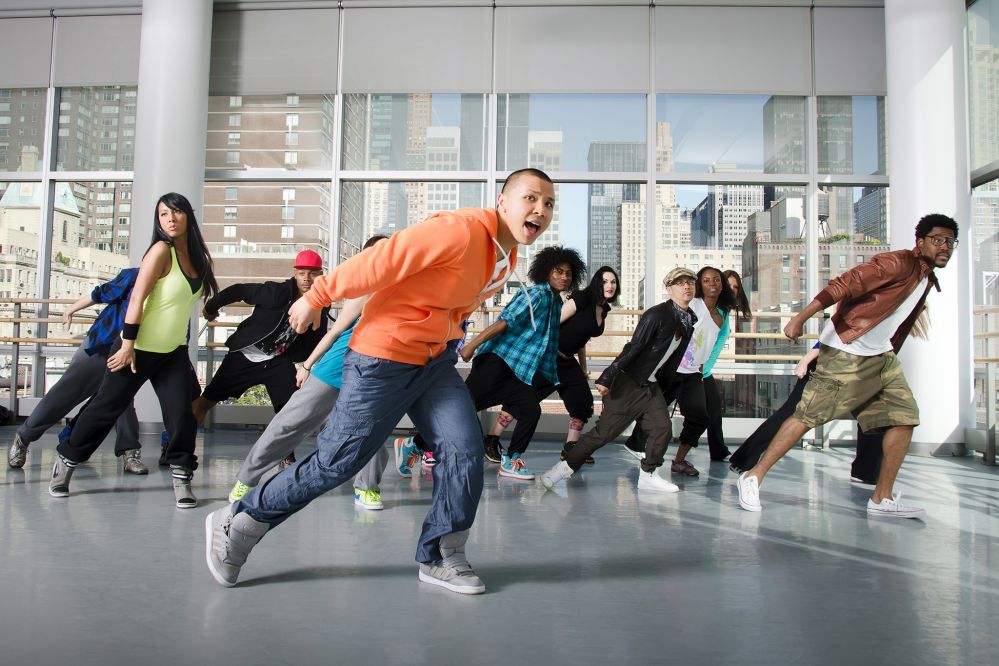 If you don’t understand something about your new software or an issue arises during a hectic day, you’ll need to be able to contact someone immediately to help you fix your issue.
If you don’t understand something about your new software or an issue arises during a hectic day, you’ll need to be able to contact someone immediately to help you fix your issue.
Insurance is necessary for dance studios. Your liability protection must cover all students, instructors, guests, and events held in the building. It should also include coverage for your studio in the event of a fire or natural disaster.
Further, every state has different licensing requirements for a range of industries and businesses.
For both of these, it’s important to work with a professional who is highly-skilled in these matters. For insurance, talk with a provider in your area or ask your professional network for referrals. Speak with a business law attorney in your area to find out what is required of you and how much any licensing, permits or other legal fees will cost.
10. MarketingGetting students into your studio is critical, especially when you’re new in town. By developing a strategic dance studio marketing plan, you can make the most out of your resources and maximize growth in your area.
By developing a strategic dance studio marketing plan, you can make the most out of your resources and maximize growth in your area.
Even a small marketing budget can help you in a big way, as your efforts will build over time. Track the results of those efforts and analyze what’s working and what’s not working to ensure you’re putting your marketing dollars in the right place.
Learn More About Running A Dance StudioOwning a dance studio requires much more than dance knowledge. You’ll be running a small business, which means managing finances, employees, marketing, and more. Thankfully, balancing these tasks requires flexibility and a bit of creativity, which you likely already have in abundance. And, custom tools and software can greatly reduce your day-to-day tasks.
The Studio Director can help. We offer dance studio software solutions for dance studio owners, with web-based and mobile options. With The Studio Director, you can manage billing, class schedules, costume management, and more.
Interested in learning how we can help you get back to dancing? You can try out The Studio Director for yourself with our FREE 15-day trial or contact us today to see how we can simplify the business management of your studio.
Cost To Start A Dance Studio
Starting a dance studio is not easy. It takes time, energy, dance expertise, and money. In this article, I am going to focus on the monetary aspect of that equation – the cost to start a dance studio.
So, how much does it cost to start a dance studio? It costs $10,000 on average to start a dance studio, and the costs can increase based on the rental space, the equipment/materials, and staff requirements of that particular dance studio.
In this article, I will provide a thorough rundown of all of the costs involved in opening a dance studio, including:
- The music license cost
- Dance studio insurance
- Studio rental costs
- Flooring
- Activity mirrors
- Ballet barre
- Dance instructors
- Dance Studio Management software
- Sound system
Cost To Start A Dance Studio
The following is a rundown of the average capital and operational costs involved in opening a dance studio.
Note: The estimates below are only averages. A large studio might require $2000/year in music licensing while a small studio might get away with paying $200/year. Similarly, insurance premiums are higher for large dance studios. Rent varies significantly by location, and the total price depends on your ambitions.
| DANCE STUDIO ITEM | COST |
| Music License | $1,000/year |
| Dance Studio Insurance | $2,000/year |
| Rental Costs | $1,500/month |
| Dance Studio Flooring | $1,000 |
| Activity Mirrors | $1,000 |
| Ballet Barre | $50 – $100 |
| Dance Instructors | $50,000/year |
| Management Software | $30 – $100/month |
| Sound System | $100 – $200 |
TOTAL COST: $10,000 up to $100,000, depending on the size and staff requirements.
Cost To Start A Dance Studio #1) Music Licenses & Insurance
Average Cost: $2000-3000/year
Dance studios are not exempt from paying public performance licenses, similar to any commercial establishment playing proprietary music.
The process of obtaining a music license is easy, as there are only three primary regulatory organizations that own the bulk of the world’s music: ASCAP, BMI, and SESAC.
Songs are written and owned by musicians or labels. Those labels assign their property over to copyright institutions that ensure artists receive compensation whenever their song plays in public for for-profit purposes.
Dance studios pay a yearly license fee, which is estimated based on the number of students they have and the square footage of the studio.
Example: If a studio has 50 students, they can pay as little as $200/year for an annual license. If a studio has over 500 students and 5000 sq, ft. of space, it may pay up to $2000/year only to one institution.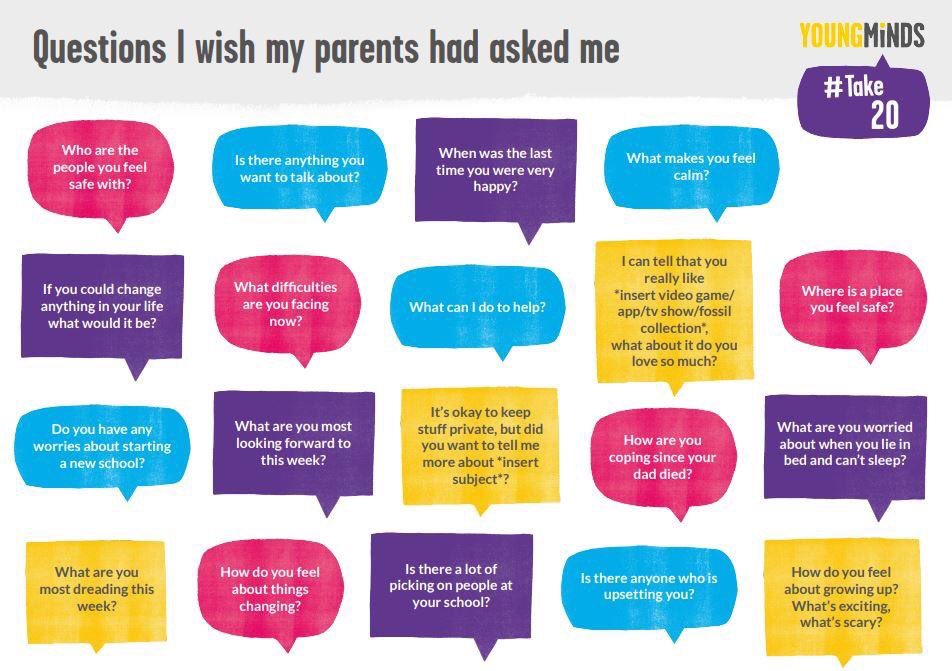 To obtain a music license, you have to reach out to the organizations and request a dance studio license. In any case, they will reach out to you if you do not take the initiative.
To obtain a music license, you have to reach out to the organizations and request a dance studio license. In any case, they will reach out to you if you do not take the initiative.
How To Get A Music License For Your dance Studio
I have written a complete guide on music licensing for dance studios. I explore in-depth the process of obtaining the required licenses and the costs involved. If you are looking for a detailed guide on music licensing, then head over to my article.
Most times, owners will be able to fill out a form and get your license approved within the day. The permit will allow you to play each song at your studio for a year while making a profit on the “public performance” of that music. Obtaining this license also grants you indefinite rights to commercial, public performances.
If you refuse to pay the fee, you could be subject to hefty legal fines, as most organizations send inspectors to studios to verify they have a license. As a new dance studio, you’ll be subject to an inspection promptly, mainly if you operate out of a major city where they have representatives.
Warning: Studios could face fines as little as $1000 and up to $30,000 per song, each time a song plays. Music adds a lot to your business, and it’s fair to pay the content creators for their work. There are also ways to lower your total costs, which I’ll discuss below.
The following are the top 3 licensing organizations:
1. ASCAP (American Society Of Composers, Authors, and Publishers)
Average Cost: $67-538/year
ASCAP, short for the American Society of Composers, Authors, and Publishers, is the 2nd largest music copyright organization in the United States. It protects copyrighted music and carries out frequent inspections in areas where proprietary music is played, including broadcasting media agencies.
ASCAP is headquartered in New York City and offers public performance licenses ranging from $67 up to $538 a year. This “Public Performance” license covers most dance studios. ASCAP currently represents more than 735,000 songwriters and has over 11. 5 million copyrighted songs under their domain.
5 million copyrighted songs under their domain.
ASCAP claims they “uphold the value of their member’s music and send the money to their members as royalties.” They use advanced technology to process over a trillion music performances in the United States per year. ASCAP’s fees are lower for small studios, and they offer some of the best prices for music licensing in the country. Have a look at their Dance Studio License application.
2. BMI (Broadcast Music, Inc)
Average Cost: $177-1866/year
BMI, short for Broadcast Music, Inc. is the largest music performance organization in the United States, representing over one million artists and composers. They issue licenses for dance studios and distribute the profits to members of their organizations as profits.
BMI is known to be stricter on enforcing their license requirements than ASCAP by carrying out frequent inspections. It has its headquarters in New York City.
BMI operates as a global music rights management company and represents 1 million songwriters and 15 million songs under their domain. It has more expensive licensing fees for dance studios compared to ASCAP, with the highest license cost amounting to $1866/year.
It has more expensive licensing fees for dance studios compared to ASCAP, with the highest license cost amounting to $1866/year.
If a studio has over 375 students and the studio has a sizeable multi-floor area, it will pay nearly $2000/year in licensing fees through BMI. Take a look at their Dance Studio price chart.
3. SESAC (Society of European Stage Authors And Composers)
Average Cost: Quote-based.
SESAC is the largest European music rights organization, representing the interests of European artists such as Bob Dylan, Hilary Scott, and more. SESAC also represents TV show music for famous American TV shows such as Grey’s Anatomy, Dr. Phil, Seinfeld, and others.
SESAC is smaller in size compared to BMI and ASCAP, representing 1 million songs. Their licenses tend to cost more than the organizations mentioned above. However, they’re not transparent about prices, and dance studios have to apply for a quote to obtain a license.
Studio owners can apply for a SESAC quote directly on their website. The application is available to other commercial businesses such as restaurants, malls, and fitness studios.
The application is available to other commercial businesses such as restaurants, malls, and fitness studios.
How to Save Money On Music Licenses For Dance Studios
Remember that music rights organizations can’t force you to pay for a license unless they can prove you play their music individually. If you play songs by certain artists, you can track down to which organization their music belongs.
If you research which group the music you’re playing belongs to, you can prove you’re only playing songs by one organization, instead of paying multiple organizations.
Example: If the music belongs to ASCAP, you only have to pay ASCAP for a license. If the music belongs to BMI and ASCAP, you might have to pay dual licenses, which can add up to more than $2000 a year for large studios.
Pro Tip: Save money by researching who owns the proprietary music you’re playing, therefore allowing you to prove that you have the music license during inspections.
Dance Studio Insurance
Average Cost: $1000-2000/year
Dance studio insurance is required to operate a dance studio, similar to other kinds of commercial enterprises. There is no guarantee one of your students won’t slip and injure themselves during a class at your studio, hence making you the subject of a lawsuit.
To stay safe from lawsuits, you can apply for “Dance Studio Insurance,” which is mostly commercial liability insurance for dance studios. It protects your personal property from legal costs and settlement fees, in case your studio gets sued.
If you can’t get dance studio insurance, you only need to purchase liability insurance. Insurers such as Nationwide offer insurance for dance studios.
Cost To Start A Dance Studio #2) Rent And Utilities
Average Cost: $1000-3000/month
There are no regulations as to where you must open a dance studio.
You could open a dance studio in your garage and start charging people for lessons if you wanted. In fact, I have written a guide on how you can turn your garage into a dance studio.
However, most people choose to open a dance studio in a commercial space and equip it with state-of-the-art equipment and sound systems to remain competitive.
The price of the commercial space is your highest cost upon opening a dance studio. The only way to avert this cost is to own your own space. Owning your space would decrease your ongoing expenses significantly. However, most dance studios rent by the month, and as rents increase, it leads to an increase in the cost of their lessons progressively.
- If a studio has 1000 sq, ft, you might get away with paying $1000/month in rent, or even less in a non-prime area.
- If a studio has over 5000 sq, ft, you might have to pay $5000-10,000/month in rental costs.
The largest performance studios tend to attract hundreds of students, and the profits can offset the lease costs based on the attendance numbers. Most studios fall within the $1000-2000/month range in terms of rental costs.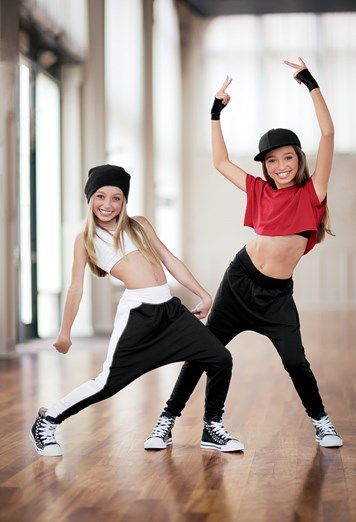
The following is the average price per square foot of commercial space in major US cities:
- New York: $74.00/square foot
- San Francisco: $65.16/square foot
- Washington D.C.: $52.61/square foot
- Chicago: $35.00/square foot
- Los Angeles: $33.51/square foot
- Seattle: $32.10/square foot
- Boston: $30.40/square foot
- Houston: $28.34/square foot
- Dallas: $23.09/square foot
In cities where space comes at a premium, a 1000 sq ft studio in a prime area could cost up to $7000/month.
Size Of Dance Studios
The general rule-of-thumb most studios agree on is that each dance studio should have 100 square feet per student. The per-student rule doesn’t mean the total number of students that have registered for a class, but the average number that show up.
Example: If you have ten students per class, you only need a 1000 sq. Ft. studio to accommodate them. However, your studio could be smaller. No regulatory bodies mandate that a studio should have a certain amount of space per student.
No regulatory bodies mandate that a studio should have a certain amount of space per student.
The Center for Education Development in Fine Arts (CEDFA), recommends that studios have 100 sq. Ft. of space per student. They also say that if a dance studio is also a performance space, it should be at least 5000 sq. Ft. In terms of ceiling height, anything above 16 feet is good to go.
Dance studios require more space than fitness studios as students tend to move and jump around a lot. Therefore they need extra space to accommodate their movements. The more students you have, the larger the area you need. Many studios have multiple practice rooms to accommodate all their students.
Selecting A Location For Your Dance Studio
Think about how you would describe your location to a person interested in taking dance classes to you.
Would you mention the street, or would you mention a public landmark/recognizable spot? The latter is usually the case. When you’re searching for a location, you want it to be in proximity to a recognizable place in the town.
Whether this place is a statue or a historic building is irrelevant – as long as most people in your community recognize it. Always rent in a space near other commercial establishments or famous landmarks that people know. Your studio will become far more accessible to students if you’re not tucked away in a remote location.
The studio doesn’t have to be in the trendiest area of the city, but the ideal location is somewhere close to famous established landmarks/buildings.
If you ever listened to radio commercials on your commute, you’d notice they describe their location based on their proximity to other famous sites. Nowadays, people can use Google Maps to find a studio quickly. Still, it’s better if they can find you without having to rely on mapping data.
Checking The Neighbors
Let’s say you snatched an excellent studio for $1000/month, and it is in a convenient location people recognize – congrats!
The final step of the location research is to see who your neighbors are.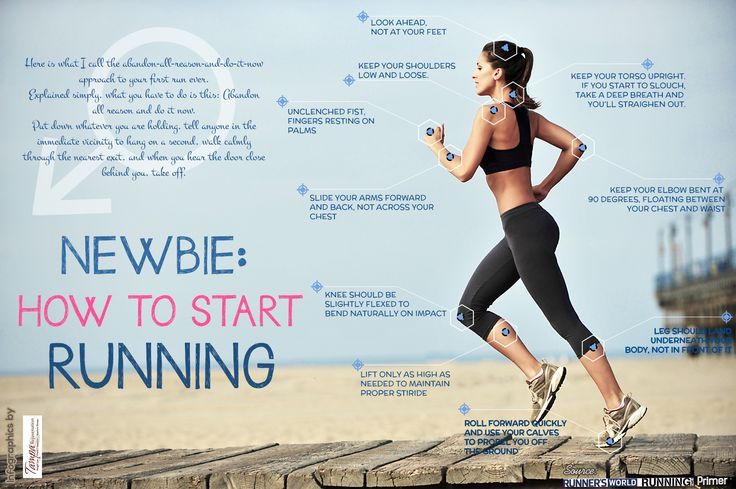 Usually, your neighbors will be other commercial establishments. These can be mobile stores, restaurants, barbershops, IT businesses, etc.
Usually, your neighbors will be other commercial establishments. These can be mobile stores, restaurants, barbershops, IT businesses, etc.
You must carry out minimal checks before you sign a lease. Spend some time wandering the local businesses and notice the environment.
Is the neighborhood quiet? Does it smell good? Is the area safe at night when no one is around, or will you need security? Visit the area and don’t use online pictures to make your decision.
Cost To Start A Dance Studio #3) Dance Floors
Average Cost: $1000
Dance studios must have an adequate floor for dancing. Most commercial spaces come with plain concrete, and the owner has to equip them with flooring. If you convert your garage to a dance studio for practice, you’ll also need flooring.
There are many different materials and modular flooring options that vary in price.
Example: Laminate flooring is the most expensive and can cost up to $3000 to install on a 1000 sq — Ft. space. There are also modular floors you can purchase on Amazon and install within a few minutes by yourself.
space. There are also modular floors you can purchase on Amazon and install within a few minutes by yourself.
Pro Tip: The dance floor shouldn’t feel too soft or too hard on the students. It has to be in the middle, i.e., just perfect. If your floor is too hard (such as with raw concrete), this will cause injuries.
If the floor is too soft, your students will have to make an additional effort, and this can tire them out. The floor should be moderately bouncy to absorb the movements, but it shouldn’t be wobbly. Visit other dance studios to get a general sense of what you need at your establishment.
NOTE: I have written a guide on choosing the best dance studio flooring for your studio. The guide will answer all your questions related to flooring for dance studios.
Laminate Floors
Average Cost: $2000-3000
Laminate flooring is considered the premium choice for dance studios. Laminate comes with a huge range of options that vary in size and color, giving you the ability to customize your dance studio floor to your desires.
Note: The kind of Laminate floors that are suitable for residential properties are not always ideal for dance studios. Dance studios have stricter requirements in terms of scratch-resistance for floors because the students are constantly moving and jumping on the floors, causing significant damage to laminate floors.
If you install laminate floors at your dance studio, consult with the contractor to discuss the underlay. The purpose of an underlay is to absorb the impact on the floor better and absorb the sound more effectively.
The upside is that laminate floors are the easiest to maintain as they’re moisture-resistant. Opt for a reputable brand in your area and ask them if they’ve installed these floors at other dance studios.
Dance Floor Tiles
Average Cost: $500-1000
Dance floor tiles are an economical solution for dance studios who want to use conventional tiles without stretching their budget. The main advantage of dance studio tiles is that they can be interconnected or broken apart in under a minute.
Studio owners can cover their floors and remove them at need. Floor tiles are lightweight, economical, and portable. They’re also the easiest to install as you won’t need any help snapping them together.
Dance studio floors cost as little as $100-200, but this typically won’t cover the whole dance studio. In case you want to equip a 1000 sq. Ft, studio, you’ll need to buy at least $500-1000 worth of portable tiles.
The advantage of portable tiles is that you’ll get a floor that you can use at your current establishment, and later on re-use. If you purchase Laminate floors, you won’t be able to remove them from the ground and bring them to a new studio.
If you purchase tiles, you can pack them up and move to another location whenever you choose. They’re excellent for temporary practice and easy to install. You can cover the whole studio in as little as 30 minutes to an hour on your own. Most dance floor tiles will come with a 1-2 year warranty.
Modular Dance Floor Kits
Average price: $150-300
Dance floor kits are near-identical to dance floor tiles, but the difference is that they come in larger pieces.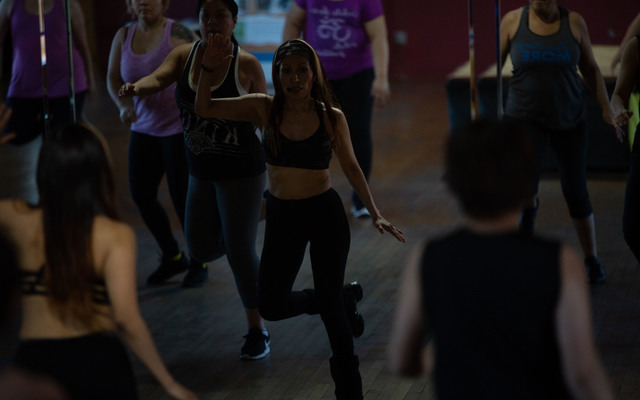
Usually, dance floor kits will have 5-10 tiles in one piece, allowing you to string them together even faster. Dance floor kits are good for home practice, and they’re the easiest floor kits aside from Marley floors to install.
Dance kits are portable and inexpensive, allowing owners to practice an array of dance styles such as ballet, center, hip hop, tap, and more. It’s possible to cover an entire studio space on dance floor kits with as little as $150-300.
They require very little maintenance, and they can be kept in order with a single monthly sweeping. The upside is that there are many kits on websites like Amazon, and you can purchase the one that suits your interior based on the color and style. Many of them come with extended warranties.
Marley Floors
Average Cost: $200-300
Marley floors are an affordable alternative to modular and kit floors. They are typical “roll-out” floors that roll on the floor and stick to the ground.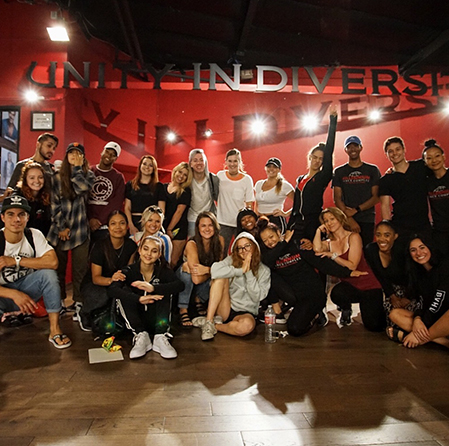 They have advantages such as excellent slip-resistance, as the material tends to grip to the soles of the shoes firmly.
They have advantages such as excellent slip-resistance, as the material tends to grip to the soles of the shoes firmly.
Marley floors are relatively easy to install because owners only have to roll them out, tape them to the floor and start dancing. They come in the exact dimensions you need them, allowing you to save money and cover your entire studio. They’re also portable because you can pack them up and take them elsewhere.
The main disadvantage of Marley floors is that they can be bulky, and manufacturers ship them in huge rolls. This bulk makes it hard for a single person to install them the way they would modular tiles.
The installation will require a 2nd person to roll out the floor in your dance studio. If you need to move your floor often, avoid Marley floors in favor of modular/DYI floors.
Cost To Start A Dance Studio #4) Reflective Mirrors
Average Cost: $500-1000
Reflective mirrors are the second most integral part of dance studios after floors. Reflective mirrors, also known as “Activity Mirrors,” are typically large mirrors and over 70″ wide. Most studios have at least 2-3 large mirrors, and some studios have a dozen.
Reflective mirrors, also known as “Activity Mirrors,” are typically large mirrors and over 70″ wide. Most studios have at least 2-3 large mirrors, and some studios have a dozen.
Activity mirrors come in several different materials and price points that might vary. The typical activity mirror costs $200-300, but a dance studio will need at least a few of them to cover the entire space, bringing the average up to $1000 per studio.
Dance students must see themselves while they’re dancing to get immediate feedback, preferably from many different angles. Gyms typically have activity mirrors too, but they’re not as integral to the exercises as they are in dance studios.
Activity mirrors are an item where you should splurge instead of saving money because large mirrors carry numerous safety risks. Also, students might experience performance issues on a low-quality mirror.
Pro Tip: Start by measuring the space and where you need to install mirrors. It is typically only one side of the dance studio. Take measurements from one side of the studio to another to determine the length of the mirrors you need to purchase.
It is typically only one side of the dance studio. Take measurements from one side of the studio to another to determine the length of the mirrors you need to purchase.
Activity mirrors are very hard to ship if they come in one piece, and you might need to pay for extra shipping and installation costs due to the size of the package. There are also various types of Activity mirrors such as “Glassless” mirrors, which are shatterproof and considered safe.
Activity Mirror Size
The typical activity mirror you can pick up on websites like Amazon will be 36″-72″ in width and height. This size is the standard for dance studios and gyms. If the studio needs more than one mirror, you can line them up against each other.
The benefit of activity mirrors is that most of them are frameless, meaning students won’t see the difference between multiple connected mirrors. This way, you can create a seamless look for your studio when you put your mirrors together.
There are smaller mirrors of about 48″ width used in small dance studios.
Activity Mirror Thickness
Activity mirrors are typically between 1/4″ to 1″ thick. The thickness of the mirror can affect the strength of the mirror. If the mirror is not thick enough, it’s more prone to breaking and shattering. If you have a thick mirror, it will take a significant impact to break it.
Certain mirrors are virtually unbreakable. Although it’s rare for students to bump into the mirror, if an accident does happen, you want to stay safe. Therefore, you need to purchase a mirror that holds up.
Activity Mirror Materials
Various reflective materials appear the same to people who are not knowledgeable about mirrors. Example: Glass mirrors and glassless mirrors might appear the same to people, but are of entirely different materials. The best way to get a clear reflection of the room is to get pure glass.
If you want to maximize the clarity, ask for a low-iron glass, which is a high-quality material that reflects realistic colors. Tempered glass is the safest option among glass materials. It’s possible to shatter, but upon shattering, the glass breaks into small pieces that tend to be harmless.
Tempered glass is the safest option among glass materials. It’s possible to shatter, but upon shattering, the glass breaks into small pieces that tend to be harmless.
There are also acrylic and plastic mirrors that are more cost-effective than glass, but they tend to reflect the image of the room poorly. This issue is a downside for students who expect a high-quality reflection during their practice.
If you want an alternative to glass, the best option is Mylar mirrors (glassless). These are more expensive than acrylic mirrors, but they’re safer, and the reflection is still top-notch.
Money Saver: Vanity Mirrors
Average price: $50-100
Furniture mirrors are the cheapest alternative to Activity Mirrors. The main benefit is that they cost 2-3x less than Activity Mirrors, and are of glass.
Note: We don’t recommend furniture mirrors for studios concerned with the safety of their students. Start by visiting local advertising websites such as Facebook Marketplace and looking up “Vanity Mirrors for sale.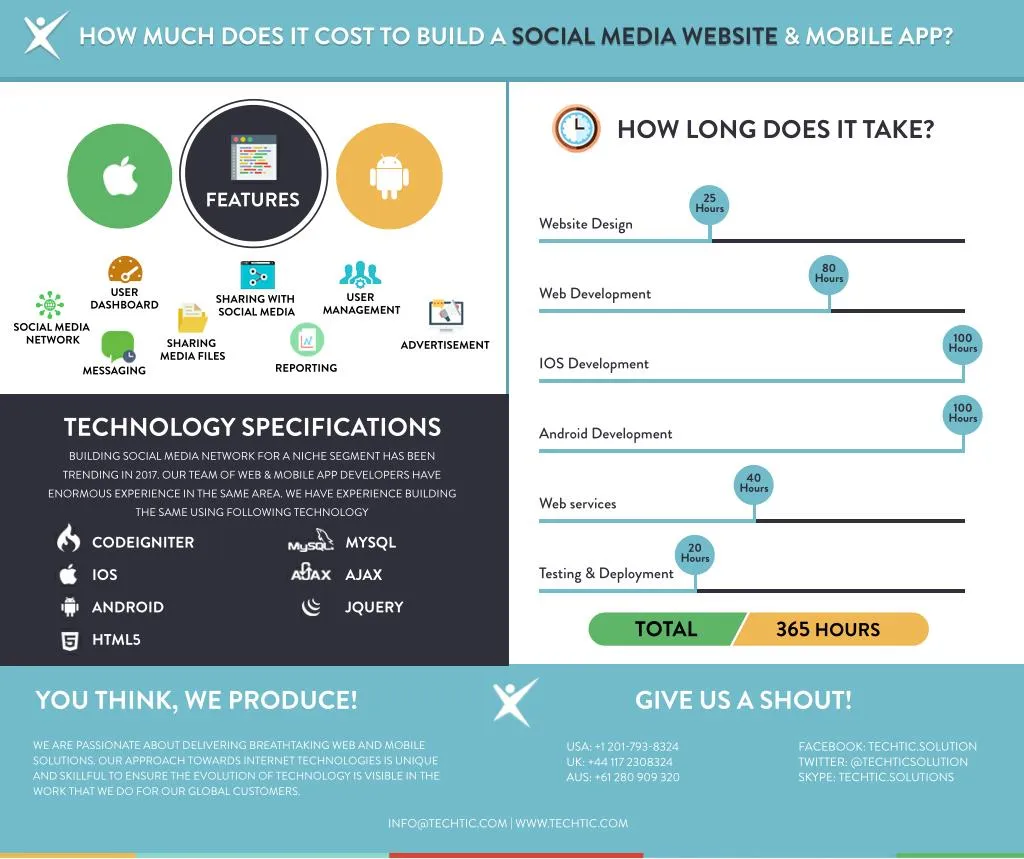 ”
”
These are typically large mirrors that people had installed in their bedroom, but they don’t know what to do with them after they decided to move out. They usually offer large mirrors for $50-100, allowing you to capitalize on some excellent deals.
Cost To Start A Dance Studio #5) Ballet Barre
Average price: $50-100
The Ballet Barre is a metal or wooden piece typically attached to the mirror or the floor (some portable) that allows dance students to practice ballet and other movements.
Typically the barre is the cheapest and most extensively used part of a dance studio’s furnishings. If the barre is portable, students can easily transport it from one end of the studio to another.
Portable barres are convenient for ballet classes as they can practice directly next to the mirror or in the center of the dance studio.
The studio barre typically weighs 10-15 lbs. (depending on the length) and it’s up to 50″ long, with adjustable height options.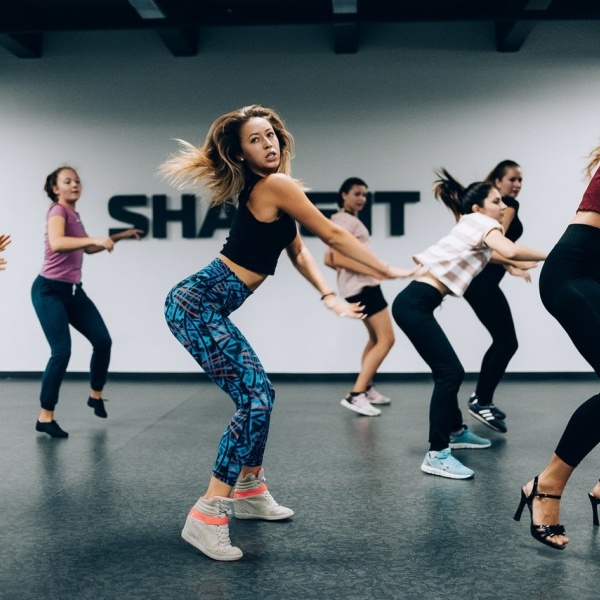 Many studios combine multiple units to provide additional practice space for students.
Many studios combine multiple units to provide additional practice space for students.
The purpose of the barre is to strengthen the balance of the students and improve their stability in movement. The barre can be as low as $50 a piece or $100 for premium options. Owners have the option to staple it to the floor, attach it to the mirror or purchase a portable version.
Cost To Start A Dance Studio #6) Dance Instructors
Average Cost: $50,000/year
If you plan to hire staff, this can significantly increase the costs of running a dance studio unless you pay them by the class. The average dance instructor salary in the US is $50,000/year, and it can be higher, depending on the city.
If you feel that you’re expanding and you need to hire teachers for assistance, you can develop standard salary plans or pay them by the number of students. Example: You can pay the teacher $10 for every student that shows up to class.
The costs of hiring labor are the highest costs you’ll have to bear as a business owner; however, this is optional, and you can run the entirety of the studio yourself. Bear in mind that when you do hire, there are minimum-wage laws you’ll have to abide by in your state (even varied by the city).
Bear in mind that when you do hire, there are minimum-wage laws you’ll have to abide by in your state (even varied by the city).
For reference, the minimum wage in Seattle is $12/hour while in San Francisco, it’s $15/hour.
Average price: $30-100/month
Each studio needs management software to keep track of students, memberships, invoices, merchandise sales, taxes, drop-out rates, and more. There are many software companies developing software for dance studios exclusive.
I am biased, but StudioGrowth is the best dance studio management software you could purchase. Our team built StudioGrowth keeping the needs of dance studios in mind. It not only forms the backbone of your studio but also provides you with marketing tools such as loyalty & referral modules and custom-built email templates designed to grow and scale your studio.
We offer a 14-day free trial and a 30-day money-back guarantee. Do give it a try and I promise you will love it.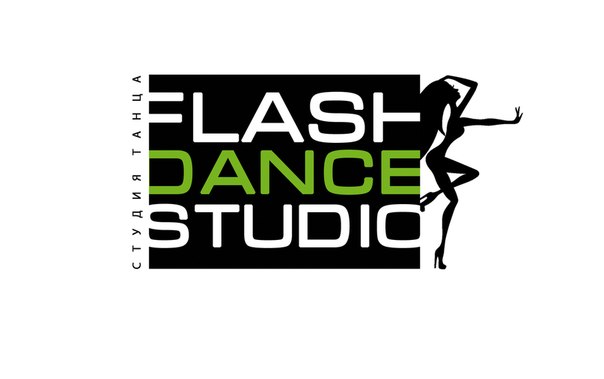
Management software can make your life easier as you won’t have to fiddle around with Excel spreadsheets, and you can focus on metrics that matter to dance studios. The right software, like StudioGrowth, will help you keep track of student registration, online registration/payments, billing, invoices, class schedules, email updates, and merchandise.
Cost To Start A Dance Studio #8) Sound Systems
Average price: $100-200
Each studio requires a sound system to play music during classes. Most dance studios need a sound system powerful enough to fill the room with sound and simple enough that anyone can set-up and operate it.
Pro Tip: As a dance teacher, you need something that can connect to your phone and allow you to play music directly from streaming services such as Spotify. For this purpose, you can purchase many portable speakers and Bluetooth-enabled speakers for $100-200 on Amazon.
Make sure the sound system you purchase is not too heavy because you might need to carry it outside for outdoor performances.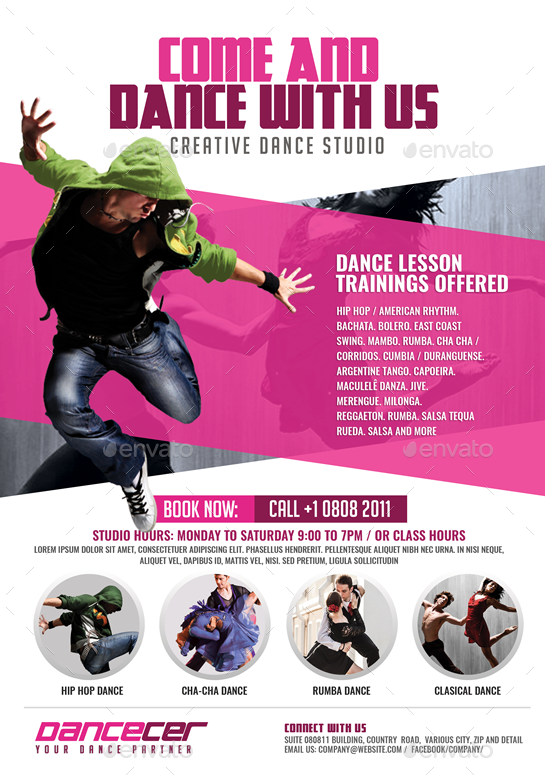 Heavier speakers tend to require more power inputs and electricity to work.
Heavier speakers tend to require more power inputs and electricity to work.
Use something that you understand at first glance and don’t experiment with professional audio equipment unless you can get help.
Conclusion
To conclude, the total cost to start a dance studio can range from anywhere between $10,000 and $100,000. Here are the average costs of all essential aspects of starting a dance studio.
- Music License: $1000/year.
- Dance Studio Insurance: $2000/year.
- Rental Costs: $1500/month.
- Flooring: $1000.
- Activity Mirrors: $1000.
- Ballet Barre: $50-100.
- Dance Instructors: $50,000/year.
- Management Software: $30-100/month.
- Sound System: $100-200.
I write abouT establishing and Growing your boutique Fitness/Wellness Business. I promise no spam, i hate spam.
Enter Your Email To Receive Growth Tips For Your Boutique Studio. I Also Send Out Occasional Discounts And Freebies
About the author
Naz Ahm is the founder of StudioGrowth and has spent a decade growing start-ups and venture-backed companies.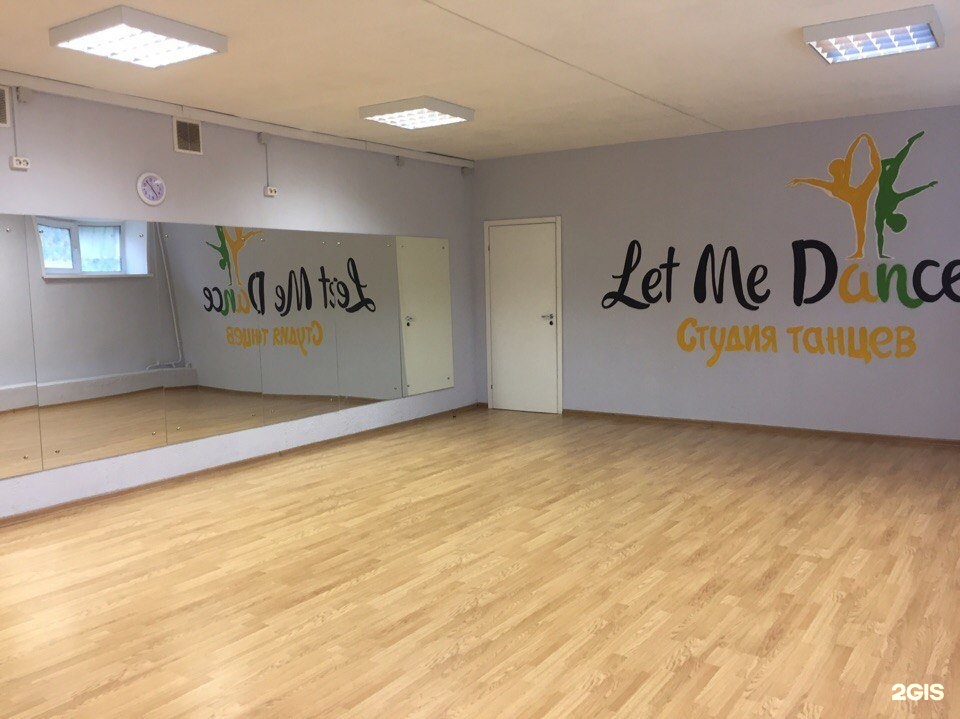 He writes about sales, marketing, and growth, especially in the fitness and wellness industry.
He writes about sales, marketing, and growth, especially in the fitness and wellness industry.
Naz has an MBA from IESE Business School and started his journey in the wellness industry when he set-up an on-demand wellness business. Naz currently resides in London, U.K.
How to open a dance school from scratch - an idea for business 2022
A dance school as a profitable business idea
Dancing is one of the most popular hobbies in the world. There is no limit to self-improvement in them, children and adults enjoy doing them almost all their lives. By opening a dance school, you will get a permanent audience and a stable income.
The cost of implementing a business idea and the profitability of dance schools
It is profitable to open a dance school in a large city, such as Yekaterinburg. There, it is able to bring from 50,000 ₽ of profit per month and pay off in 10 months. To increase income, you can hold thematic seminars, take orders for staging individual dances.
Costs for opening a dance school in Yekaterinburg:
| Expenses | Amount, ₽ |
| Opening IP | 10,000 |
| Repair and preparation of halls | 250,000 |
| Purchase and installation of equipment and furniture | 90 000 |
| Advertising campaign | 150,000 |
| Total | 500,000 |
Monthly expenses:
| Expenditure item | Amount, ₽ |
| Rent of halls for classes from 125 sq. m. | 70 000 |
| Staff salary, minimum | 100,000 |
| Taxes, utility bills | 20 000 |
| Advertising, organizational and other expenses | 10,000 |
| Total | 200,000 |
Consider buying a franchise
Franchise "Vita Spa & Beauty" - SPA salon
1 570 000 ₽
Rating
Profit On request
Payback 7 months.
All franchise offers in this area (1)
What you need to open a business and run a school
You can register a dance school as an individual entrepreneur on the USN or UTII, indicating OKVED 92.34.2. Licenses and cash registers are not needed for work, but you will need:
- Obtain an IP certificate
- Obtain permission to open a school and place a sign in the city administration
- Agree on the possibility of operating the premises in Rospozharnadzor, SES
- Enter into agreements with the landlord and employees
Coaches working with children need medical records with notes on medical examinations passed on time.
Requirements for the premises
It is better to open a dance school in the central area, close to major transport interchanges or in residential, densely populated areas where many adults live with children of different ages. Strict requirements are imposed on the premises:
- The presence of halls with an area of at least 80 square meters.
 m
m - Arrangement of ventilation and air conditioning systems, bathrooms, shower cabins
- Establishment of separate dressing rooms - men's and women's, at least 10 and 15 sq. m respectively
- Allocation of a hall and a recreation area with a size of at least 20 sq.m
You can rent an already prepared room in specialized fitness and business centers, but the rental price will be higher than for an unequipped hall.
Preparing the halls and rooms for work
The practice halls need to be renovated:
- Lay a safe floor covering (dance parquet, board)
- Make cosmetic repairs, hang mirrors throughout the wall
- Equip halls with ballet bars, pylons and other devices for selected types of dances
- Place musical equipment, hang speakers
- Equip locker rooms with hooks or lockers, benches, place upholstered furniture in the recreation area, and an administrator’s desk at the reception
Staff
Good trainers are the defining factor for a dance school.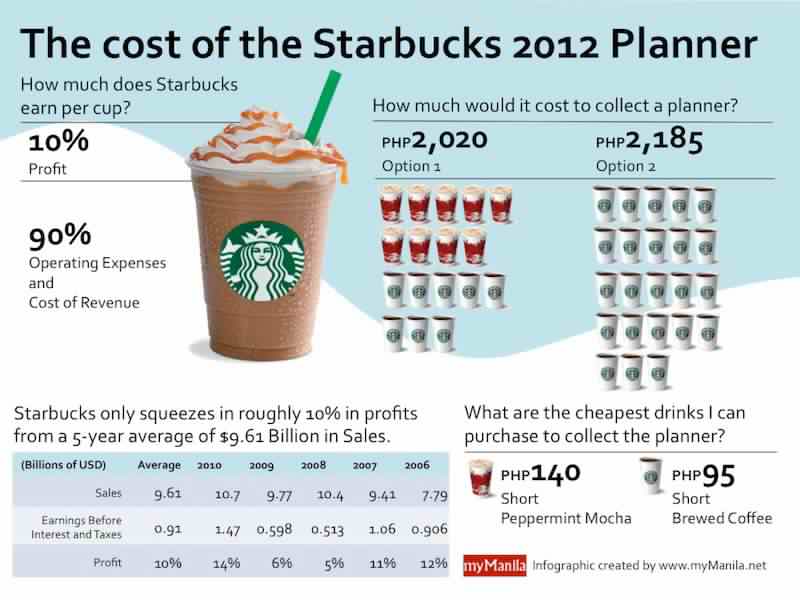 They ensure the influx and loyalty of students, help in advertising with the help of word of mouth. It is good if the owner himself works as a coach and conducts classes. For a dance school you need at least:
They ensure the influx and loyalty of students, help in advertising with the help of word of mouth. It is good if the owner himself works as a coach and conducts classes. For a dance school you need at least:
- Three hourly trainers — from 60,000 ₽ and more
- Administrator — 25 000 ₽
- Cleaner — 10 000 ₽
- Outsourcing accountant serving individual entrepreneurs — 5,000 ₽
Advertisement for a dance school
Primary advertising campaign should include notification in social networks and city entertainment portals, ordering printed announcements about the opening of the school. In the future, you need:
- Make a sign on the building, put a remote shield in front of it
- Regularly hand out leaflets with the address and offers of the school, flyers for discounts near schools, office and shopping centers
- Conduct dance evenings, participate on behalf of the school in city entertainment events
Advertising examples:
Sample dance school poster Sample dance school flyer Sample dance school flyerComparing the cost of starting a dance school from scratch to acquiring an existing studio:
| School opening costs — 500,000 ₽ | Purchase of a popular dance school in the center of Yekaterinburg — 420,000 ₽ |
| Estimated profit — 50,000 ₽ | Confirmed profit — 70 000 ₽ |
| Average monthly expenses — 200,000 ₽ | Average monthly expenses — 100,000 ₽ |
| Payback - 10 months | Payback - 6 months |
| Requires investments in the preparation of the premises, obtaining many permits, looking for trainers and clients | The school has been operating for 7 years, a customer base of adults and children has been formed, halls of 130 square meters are fully equipped. |
Taking into account the complexities and costs of preparing the premises, expensive rent and the need to develop a client base, it is more profitable to start a business with a ready-made business. It pays off faster and brings more profit.
profitability, work with teachers, promotion, difficulties and mistakes
Irina Malchukova
opened a dance studio twice
Author profile
Eight years ago I opened a dance studio in a small metallurgical town where there was nothing like it at that time.
During its existence, the studio went through several relocations, seriously went into the red twice, but in the end it remained a successful business, and then I sold it. I’ll tell you how everything was, what worked for me and what didn’t work out.
Why I decided to open a dance studio
The story began in a standard way: since childhood, I dreamed of dancing and for a long time persuaded my parents to take me to a choreographic studio.
There were no holidays, vacations or birthdays in the studio. It was possible to miss a training session only in two cases, as the coaches joked: he fell ill or died. The rest of the reasons were not considered valid, and it was possible to fly out forever.
Later, I appreciated the strict discipline and exactingness of the teachers. Thanks to them, I can easily control myself, concentrate on any, even unpleasant, business, and bring everything to the end.
This helped a little in business: I could work 10-12 hours a day without days off and holidays.
After graduating from school, I thought that dancing is a hopeless field, so I need to get a different education and build a career. I studied to be an economist and during my studies I managed to work in a trading company, a women's correctional colony and a large network company.
But I was bored doing monotonous activities and being subordinate to someone, I wanted to embody my ideas. In 2009In the year I decided to take a part-time job as a dance coach, and since then a completely different life has begun. I started working in the then popular areas: strip plastic, stretching, go-go, I also taught regular dances to children and was a group program coach in fitness rooms.
In 2009In the year I decided to take a part-time job as a dance coach, and since then a completely different life has begun. I started working in the then popular areas: strip plastic, stretching, go-go, I also taught regular dances to children and was a group program coach in fitness rooms.
I enjoyed teaching people and putting numbers, inspiring others to accomplish things, raising disciples, and achieving results with them. It's like a coach's job: he gives his whole soul and nurtures champions.
Almost as soon as I started working as a trainer, I wanted to open my own studio. I didn't like the set boundaries and the backward approach to business. In the dance schools where I worked, there were outdated areas that were out of fashion for a long time, such as aerobics. Classes were held without requirements for students and without results: we did not put numbers and did not participate in contests or competitions. There were no opportunities for growth for teachers or students.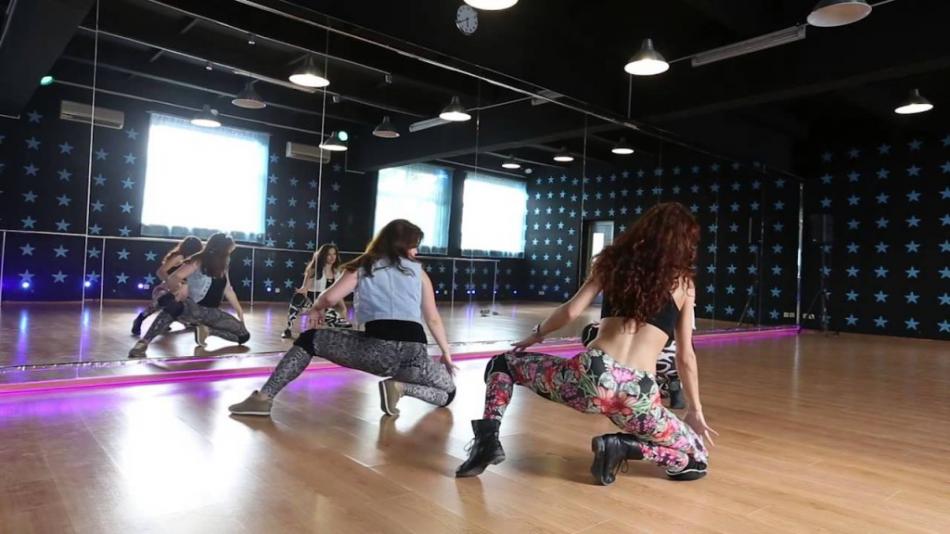
/twerk/
How to start twerking, how much does it cost and why shake your booty at all
The business itself was not service oriented. Schools did not develop, did not innovate - they simply worked for decades according to the old scheme. Several times I came with fresh ideas, for example, to shoot a video clip, but all this was perceived by the management with hostility.
In 2012, I graduated from the institute and received a diploma in economics. I had a choice: to leave for another city, because there were no prospects in mine, or to go work in the dance field abroad, or stay here, but do my own project.
I dreamed of creating a project from scratch on my own: thinking about how to plan and conduct classes, presenting the design of the studio, tracking down the mistakes of others. All these thoughts were constantly spinning in my head, day after day I lived only with this idea, remembering what not to do or what could be improved.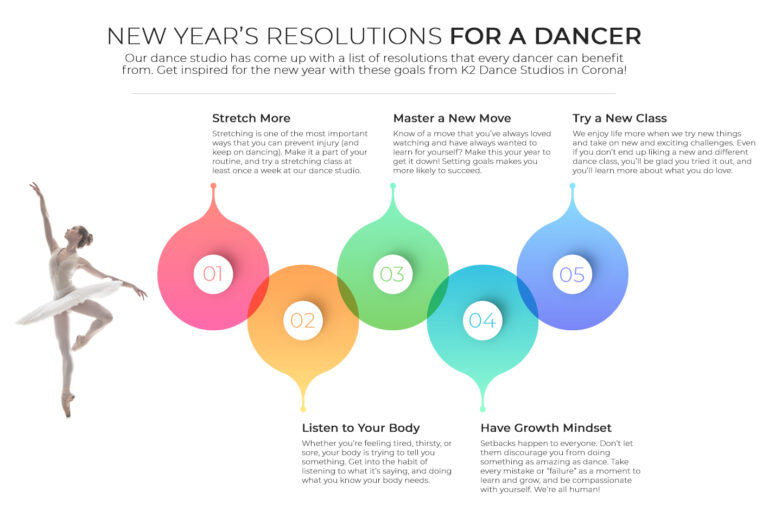
After graduating from the institute, I myself learned about a new direction - half-dance, this is dancing with tricks on a pole. It seemed to me interesting and promising, there was nothing like it in our city. I decided that the idea would shoot and attract people due to its novelty. Three years after I started working as a trainer, I launched my own studio.
What is half-dance
Half-dance is close to strip plastic, but unlike it, the purpose of the dance is not to seduce, but to show acrobatic skills. The movements in strip dance are soft and smooth. And half-dance is the same gymnastics, only not on a beam or rings, but on a pylon. On it, dancers perform circus and power elements.
In my city, metallurgists have not even heard of such a direction, but in Russia and around the world in the 2010s, half-dance just became a trend. At that time, I already had a large client base from dance schools and fitness centers where I had worked before, many students asked when I would open my own gym.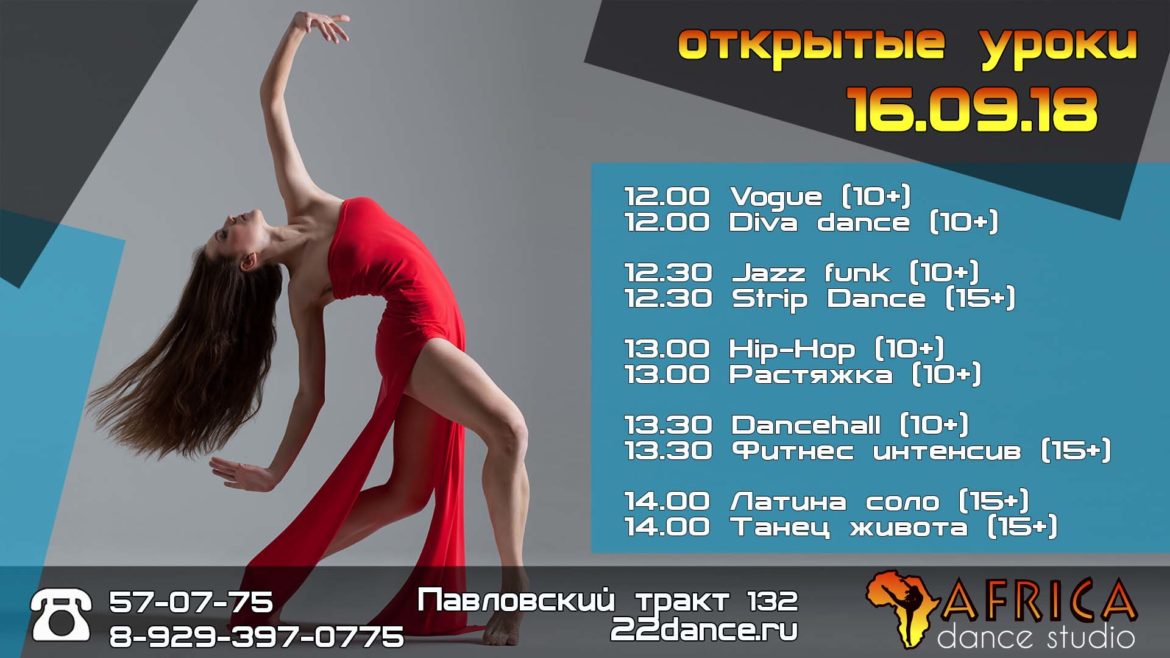
| Pole dance combines elements of choreography, gymnastics, acrobatics | There is also a separate sports direction in the world - pylon sport, which belongs to air power athletics |
Before I opened my studio, I took pole dance training in Yekaterinburg twice - it was the school closest to me where this direction was taught. And there lived a friend with whom I could stay.
The first time I went was in January 2012, and then back in May, before the opening of my gym. I studied for a week every day for many hours, attended master classes. For the first time, the director of the studio gave me a discount on acquaintance, and the training itself cost only about 10,000 R. The second time I spent about 17,000 R: the cost of the training itself increased, and there were more additional expenses for food and travel. Both times I received certificates.
Both times I received certificates.
27,000 R
I spent on additional training in pole dance
There were no competitors in my city at that time. We had only seven dance studios: three taught street dances like hip-hop, breakdancing and locking, the rest were aimed at children, taught modern and classical choreography and ballroom dancing. In fitness clubs, they mainly taught go-go and oriental dances. I decided to take a risk and become the pioneer of a new direction in the city.
First Studio: 3m Ceilings and a Stolen Idea
In May 2012, I started looking for a space to launch the project just in time for the start of the school year. I discussed all the details like equipment, technical issues and the learning process with the directors of the studio in Yekaterinburg when I studied half-dance there.
The room had its own requirements:
- Ceiling height - at least 3 meters, so that poles - pylons can be installed.

- The ceiling slab must not be hollow, but must be at least 30 centimeters thick. The pylons must withstand a weight of up to 150 kg. If the ceiling is thin, the mount simply won't hold up.
- Rent — up to 15,000 R per month. In my experience, it would be difficult to cover the amount higher with the number of subscriptions, and if something happens, I could find that kind of money to cover a failed month.
/dogovor-arendy/
What should a business consider when signing a lease
Not all landlords agreed to damage the ceiling, the thickness of the ceiling was not always suitable for my needs.
The deal failed with the first hall. Due to the peculiarities of the ceiling, an additional structure had to be made there. The landlords agreed to do it themselves, and I would have paid for the work, but at first they doubled the price, then increased it even more, and then refused to cooperate at all.
A few months later, I found out that they wanted to steal my idea and open a similar studio.
Fortunately, their attempt failed: they could not find the appropriate teachers, because only I had such a certificate and knowledge in the city. But the problem with the hall remained: I was already promoting a group on Vkontakte and recording for the academic year. The students were actively recruiting, but I had nowhere to receive them.
I couldn't just make excuses by telling a story about unscrupulous landlords and kept looking everywhere I could: on websites, in local newspapers, driving around the city, looking for signs about rent.
As a result, the opening had to be delayed for two months: due to the specifics and restrictions on the rental price, the premises had to be searched for almost six months. A former colleague helped: he learned from mutual friends that I was opening a studio, and his friend was just renting out a small hall.
We agreed that part of the repair costs will go towards rent. I did a facelift in a few days and bought equipment.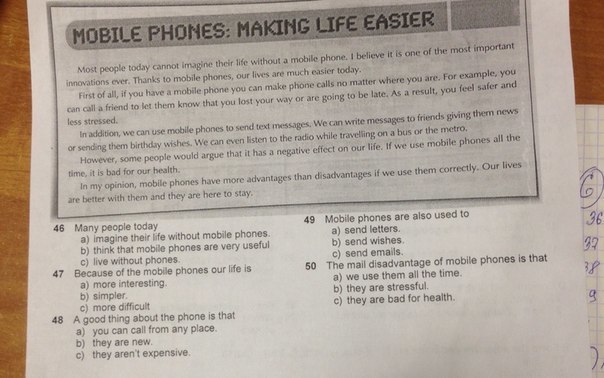
I did the repairs on my own — for example, I painted the walls myself. If it was necessary to attach pylons and arrange heavy furniture, then she called for help from familiar men. They spread linoleum on the floor and nailed it in places.
Pylons are installed quite quickly if there are no problems with the ceiling and floors: you need to drill a hole, attach the pylon, level it, and that's it. Detailed installation instructions are always attached to the pylons. We set up the first pylon in 2-3 hours, the rest were faster.
An important part of the cost for a dance studio is mirrors. They were made in a local company in my city to order. I ordered one-piece large mirrors to the floor. Due to the large size, there were difficulties with transportation: a special vehicle with equipment for transportation was needed - plastic windows are usually carried in such vehicles.
They could not be moved or installed by one person, and they could hardly fit into the aisle. Plus, there were difficulties with fixing: if the wall was not perfectly even, then any slightest deviation could be seen in the mirror - at the joints, in reflections.
Plus, there were difficulties with fixing: if the wall was not perfectly even, then any slightest deviation could be seen in the mirror - at the joints, in reflections.
But the mirrors themselves were excellent, and then I transported them to new studios, breaking the part along the way and ordering new ones. As a result, my friends came up with the idea of custom-made huge plastic frames, like for plastic windows, where we inserted mirrors. So they were easier to transport and install.
For a pylon, a hole is drilled in the ceiling slab and fixed with screws. If the ceiling is not strong enough, the pole may come off during the trick and cause serious injury. Source: Pole4you This is what the studio looked like after the repair - huge mirrors were made to order at the local production At the same time I registered an LLC, I was the sole founder. I chose LLC because I planned to open branches in other cities - it seemed to me that it would be easier to do this than with an individual entrepreneur.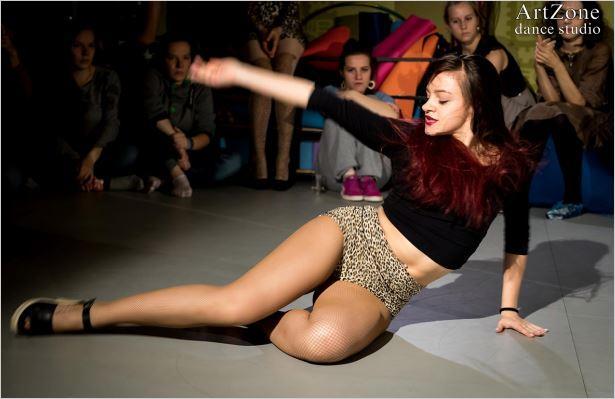
By the way, it would be better if I opened an IP. The LLC was not useful to me later, I had to close it, and this is more difficult than an individual entrepreneur. In the second hall, I had to negotiate with the landlord so that he would give me a legal address. He reluctantly agreed, and I had to pay for it. The LLC also needs to submit a large number of reports, but I did not have the necessary accounting knowledge. Until I hired an outsourced accountant, there were delays in submitting reports and fines.
/ooo-na-divane/
How to register an LLC from home
I opened the studio at the beginning of November. I was ashamed in front of the students, but they waited and almost all of them came.
To open a studio, I took a loan, so after the opening, most of the proceeds went to payments to the bank - 20,000 R per month. For the entire time the business has been running, I have taken several loans, on average, 30,000-50,000 R for a period of 3 to 5 years. The total amount of all loans was 200,000 R.
The total amount of all loans was 200,000 R.
Expenses for opening a studio in 2012 — 200,000 R
| Equipment: mirrors, pylons, fixtures | 95 000 R |
| Cosmetic repairs: wall painting, flooring | 53 000 R |
| Training and professional development before the opening of the studio | 27,000 R |
| Bathroom renovation | 14 000 R |
| Music center, locker room furniture, hangers at the entrance and other small items | 11 000 R |
Equipment: mirrors, pylons, fasteners
95 000 R
Cosmetic repair: wall painting, floor covering
53 000 R
training and advanced training before opening the studio
9000 000 RSanuzla
repair14,000 R
Music center, locker room furniture, hangers at the entrance and other trifles
11,000 R
How much did I earn
The first studio was small — there were only three pylons, and I could not teach more than an hour six or seven people.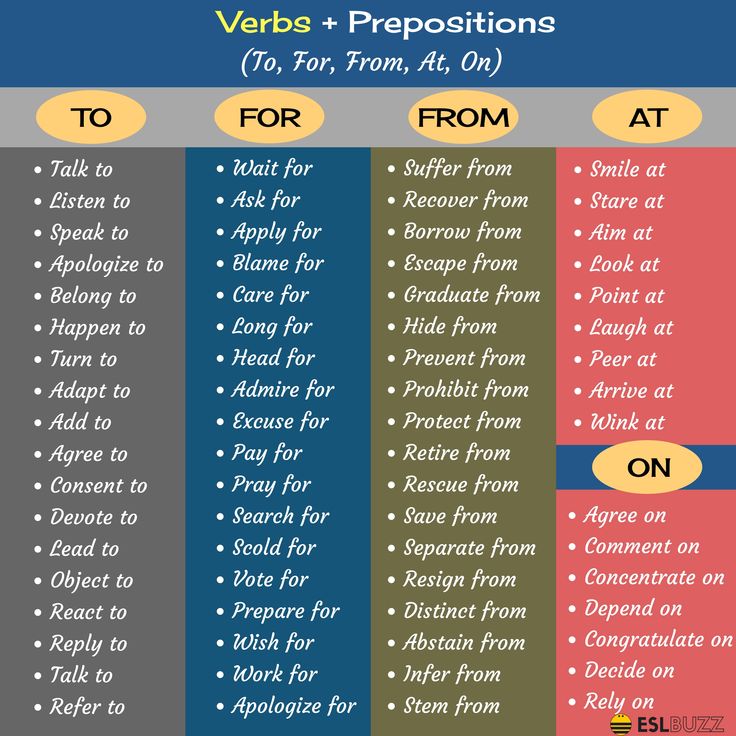 This allowed the studio to earn an income of about 65,000 R per month.
This allowed the studio to earn an income of about 65,000 R per month.
There were two main sources of income: group and personal lessons.
Group lessons were by subscription only. The most popular, for eight classes a month in the evening, cost 1800 R. Evening is considered the most profitable time, because more people come. There was a small discount for the daytime.
Personal lessons were by subscription and one-time. A subscription for eight classes cost 3000 R, a one-time visit - 500 R. At first, the income from personal classes was small: with group classes, I did not have time to take more students. When more teachers appeared, I could only go to personal classes, and the revenue from them reached 30,000 R per month.
Alcohol was a regular waste: it is used to rub the surface of the pole to remove dirt and sweat and improve adhesion to the skin. Alcohol had to be bought in canisters from doctors I knew - we needed a concentration of at least 70%, and this is not for sale in the public domain. It took 2000 R per month.
The largest turnover was from spring 2013 to spring 2014: 140,000-170,000 rubles. And the largest net profit was about 60,000 rubles.
Revenue for December 2012
| Subscription for 8 lessons | 27,000 R |
| Subscription for 12 lessons | 12 500 R |
| Subscription for 16 lessons | 12 000 R |
| Day group | 8000 R |
| Personal lessons | 5000 R |
| Total | 64 500 R |
Subscription for 8 lessons
27 000 R
Subscription for 12 classes
12 500 R
Subscription for 16 lessons
12 000 R
Day group
8000 R
Personal classes
5000 r
64 64 500 500 500 500 500 500 500 500 500 500 500 500 500 500 500 500 500 500 500 500 500 500 500 500 500 500 P
Studio expansion: moved four times in five years
The studio lasted only six months in the first building: the landlord changed plans and we had to move out.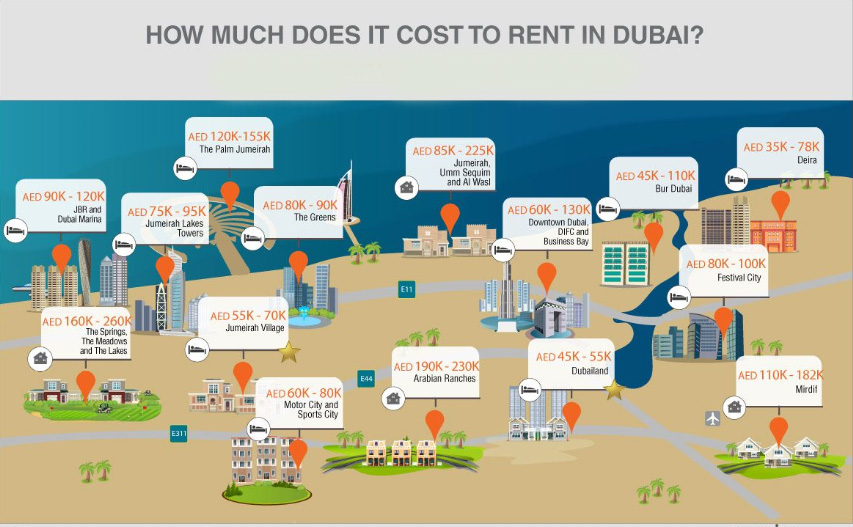
I already wanted to move out myself, because the room was small and I could not train more than seven people in an hour. To support myself, support the studio and repay the loan, I needed to sell 20-30 subscriptions a month. If I bought less, I no longer had enough money for all expenses. It was necessary to expand and increase income, and for this, another room was needed. In just five years, we moved four times - each time to a new area of the city.
In March 2013, I took away the rugs and the music center and moved to another room - almost three times bigger than the old one. I had to take out a loan again, because the old pylons did not fit in height. For 150,000 R I bought five new pylons and changed the flooring. The move cost 300,000 R, including rent for two months.
300,000 R
I spent on moving
There were no problems with buying poles: even then in Russia there were several specialized companies that produced professional poles for dance studios.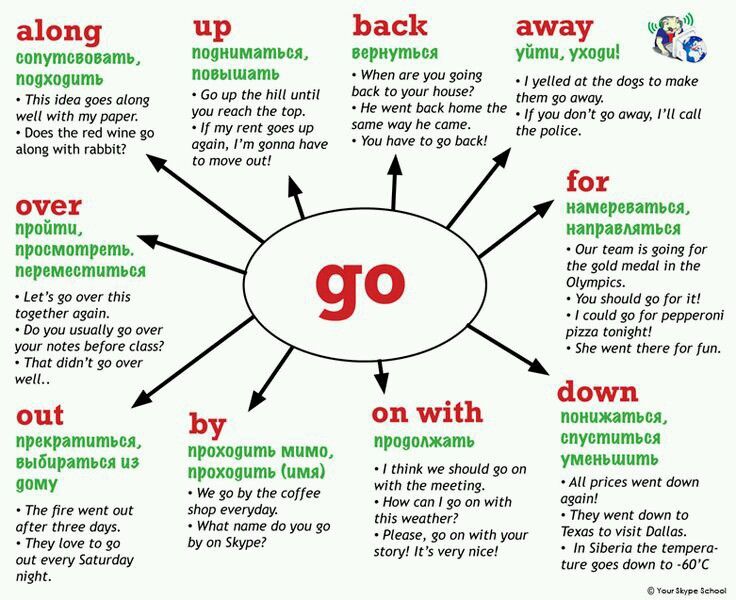 The best and most famous is located in St. Petersburg - Pole4You. You place an order on the website, choose a convenient delivery method - I had "Business Lines" - and they send it. Two weeks later I received the pylons.
The best and most famous is located in St. Petersburg - Pole4You. You place an order on the website, choose a convenient delivery method - I had "Business Lines" - and they send it. Two weeks later I received the pylons.
| Lesson in the second hall after renovation. The floor had to be re-laid - it should be soft high-quality linoleum so that the students do not hit their knees and do not get hurt when they fall | This is the third hall we have moved to. There I seriously invested in repairs, laid carpet on the floor, repaired the locker room and shower for students and teachers |
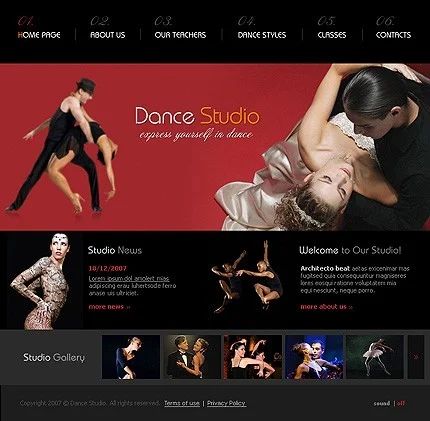 In the third hall, they made a bright panel on the wall. I was the first in the city to start teaching half-dance, so this particular dance is depicted on the panel
In the third hall, they made a bright panel on the wall. I was the first in the city to start teaching half-dance, so this particular dance is depicted on the panel The rent of the premises was three times higher than the previous one, the communal apartment was included in the price. In addition, you had to pay for security. All together it cost me 50,000 R.
There were no cheap premises, so the choice was either to continue or give up the dream. I decided to take a risk, and the risk was justified: the business grew rapidly. After the move, we already taught 10-12 students per hour and earned an average of 150,000 R per month.
How I built my work with teachers
I recruited teachers from former students: I chose those who had the potential for this or that direction, loved classes and knew how to communicate with the team. There were three main teachers, I took one or two more for additional directions like go-go.
She tried to make the work of teachers a pleasure: she gave salaries higher than the market, bonuses, paid for their training and advanced training, and gave part-time jobs. The average salary in the city for teachers at that time was 2500-4000 R per month for 2-3 lessons per week. I paid 7000-8500 R, if I gave out a bonus, then it came out about 10,000-11,000 R. I gave out bonuses to those who attracted new students to their classes and, most importantly, kept new students. Or those who came up with something interesting like New Year's contests.
Teachers went to Yekaterinburg to improve their qualifications. It cost me 500-3000 R per person. I myself taught until the fall of 2013, and then I decided to leave only to manage the studio, since classes took time and effort.
Promotion: mostly word of mouth worked
The very first I had a group in Vkontakte — I started recruiting the first students even before the opening of the studio from former students. When I started to develop the group, I asked my friends to join it and make reposts, every day I posted posts, photos and videos to attract people. About a year later, the group had 1000 subscribers, and since 2013 it began to develop actively.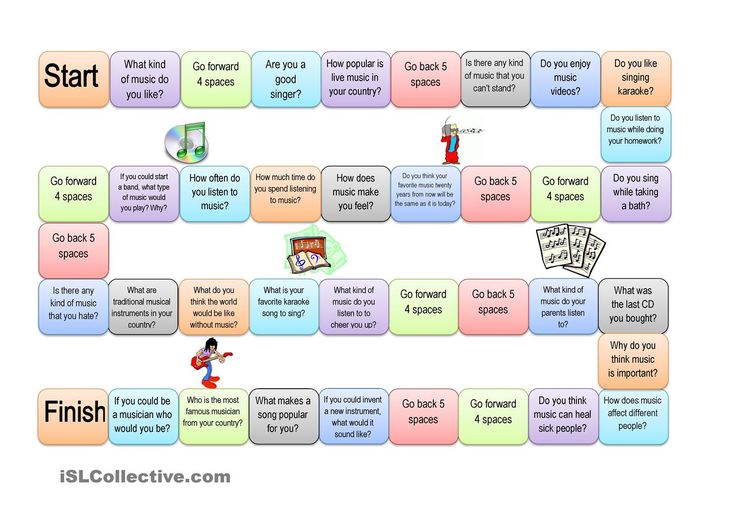
The popularity of the project was also influenced by the uniqueness of the project: half-dance in the city was a new exotic direction, people from the media sphere became interested in this.
/marketing-ads/
Basics of marketing for business: advertising
My main clients were girls 25-35 years old with an average income and a little higher.
Here's what I used to promote.
Regularly updated accounts on Vkontakte and Instagram. I photographed a large, beautiful, spacious hall with high pylons, people reacted and signed up for classes. We wrote about the studio every day, posted posts, asked all our acquaintances and friends to tell about us.
Involved in the promotion of the community of teachers. In the new room, I already taught with three coaches, whom I found among former students. They posted recruitment announcements for groups on their social networks, made photo sets and videos for Instagram.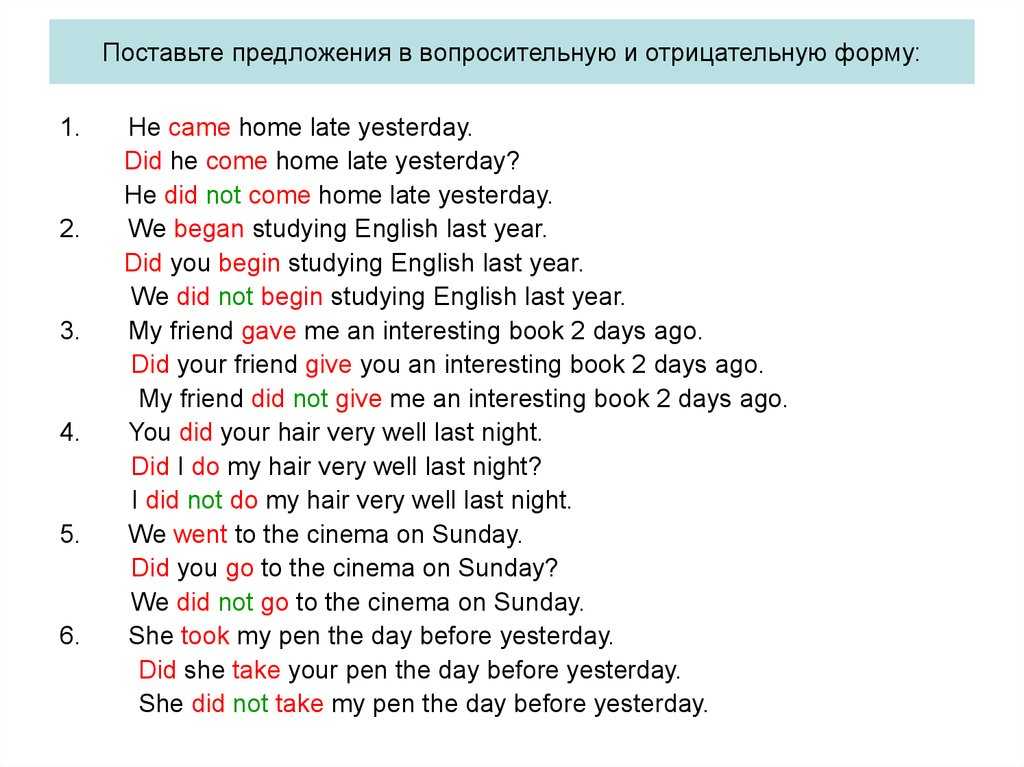 Friends of acquaintances came - it turned out such a word of mouth.
Friends of acquaintances came - it turned out such a word of mouth.
Made a website for the studio. It cost about 13,000 R. I made a beautiful clip on the main page, added photos, information about teachers and a class schedule. After the site appeared, calls began to arrive twice as many.
13,000 R
I spent on the site
I invited photographers and cameramen to work on a barter basis. The direction was new in the city, so they were interested in working with us free of charge. Sometimes they did provocative reports like "Half-dance: striptease or art?", but in any case, publications brought us fame. There were about 15 permanent photographers.
Photos from the performances of studio teachers at concerts and events. These are dances on canvases. Photo: Dmitry Kaiser| An example of a photo shoot that we came up with with a photographer. Photo: Dmitry Kaiser | For them, it was new and unique content that no one else had done in the city. Photo: Dmitry Kaiser Photo: Dmitry Kaiser |
Placed ads about the studio. I have published on local sites, 2GIS, Flampe and Avito. She advertised several times through Yandex Direct. Local sites and 2GIS did not give any results, but promotion through Yandex Direct and Google Ads worked.
I was engaged in promotion, at the very beginning I asked a friend to figure it out and help set up advertising. Usually, new campaigns were launched before the season - at the end of summer to attract students for the new school year, and at the end of winter to attract people for the spring. The advertisement lasted 1-2 weeks, the average campaign budget was 7000-15 000 rubles. We did not have to negotiate with them: they themselves found out that a new dance style was being taught in the city, and they wanted to talk about it.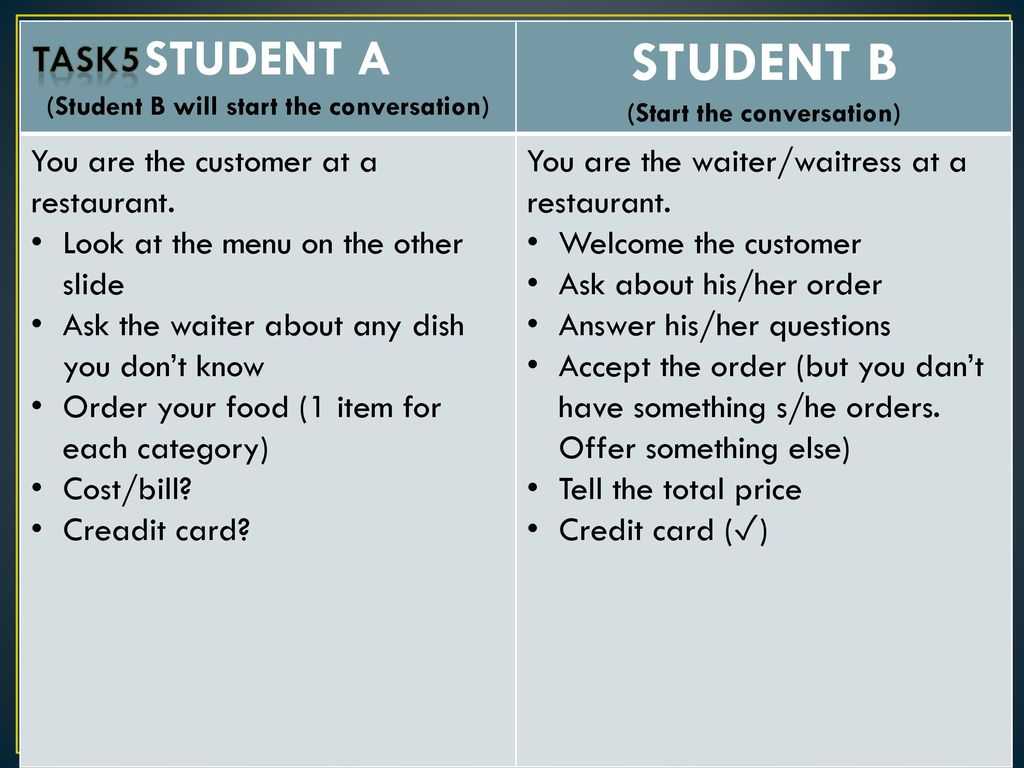
Development of the studio: new directions in the city
Everything was spinning at breakneck speed. Soon I brought new dance styles to the city: aerial gymnastics on canvases and acrobatics on the ring. This trend had already begun in Yekaterinburg, and I knew that it would soon come to our city. It was necessary to have time to be the first.
At first, all this was not in demand, because it was hard and difficult for the students. It is very painful to practice on the ring and canvases: after the lesson there are huge bruises from hoops and burns from the fabric.
Imagine: you are hanging in the air and you are being held by a rag digging into your body.
But then the direction unfolded: beautiful photosets and clips with dances on canvases appeared in all social networks, competitions began to be held in cities, dance studios made enticing advertisements.
I was the first to develop this direction in the city, so the students immediately came to me. Once I organized a competition to draw attention to dancing on canvases: for the best photo on canvases, I gave a subscription to eight classes in the studio.
From the outside, these dances seem dangerous, but there have never been any accidents in my classes. Classes are necessarily held with special mats that soften the blows if someone suddenly falls. Teachers are trained and know how to avoid injuries. Before the start of classes, my clients got acquainted with the instructions for safety rules and signed it. Nevertheless, adults understood their responsibility, no one took risks once again.
For classes on canvases and rings, you need to buy additional anchors - these are such fixtures in the ceiling - and soft mats on the floor for safety In general, there are few incidents in this area. I heard only about one case: in Yekaterinburg, a girl flew off a pylon and broke her arm. But it was a pylon of a different design - a portable one that stands on the podium. It is less stable than a pylon bolted to the floor and ceiling in a studio.
I heard only about one case: in Yekaterinburg, a girl flew off a pylon and broke her arm. But it was a pylon of a different design - a portable one that stands on the podium. It is less stable than a pylon bolted to the floor and ceiling in a studio.
At first I was looking for teachers at the local circus school, we have a pretty strong one. But we worked with them for a couple of months and did not agree, so I sent several students to study in Yekaterinburg at my own expense - so that they could conduct classes.
44,000 R
I spent on the introduction of a new direction
The introduction of new directions cost 44,000 R: 38,000 R was spent on canvases, anchors and rings, another 6,000 R were spent on training teachers.
Children's dance school and missed grant
My students and parents of former students regularly asked to open dance classes for children: variety dances, stretching, modern choreography.
This would help expand the business and reach a different part of the audience. I knew for sure that the project would be successful: I had already worked as a choreographer with children aged 6-7, I had a reputation and potential clients.
There was no free money to create a children's school, so I decided to look for a grant and found a suitable one - the competition of the Entrepreneurship Fund. To participate in it, one had to take courses and defend a business plan.
I did not learn anything new during the courses, since I already had an economic education. The next step was to write a business plan and submit an application. I asked for money not just for a children's school, but for business development.
I collected a package of documents: statutory documents, certificates of no debts to government agencies, a certificate of completion of courses, several questionnaires from the foundation itself, a business plan and checks confirming the costs of the project - 15% of the requested amount.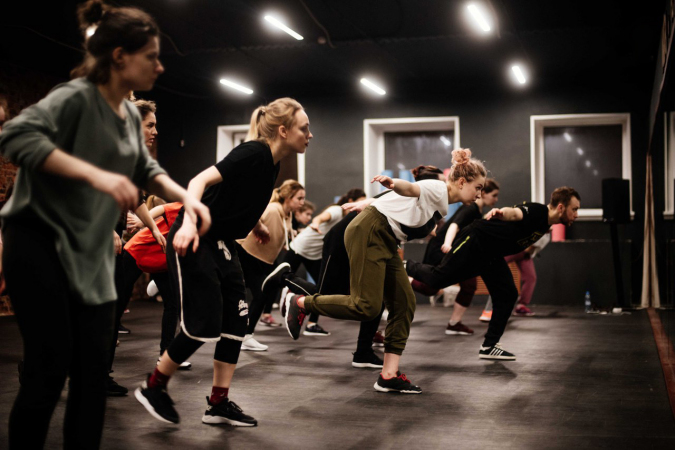
300,000 R
I got to the children's dance school
As a result, I won the competition and received 300,000 R.
Everything went well, but again there were difficulties with the premises. I needed a hall with an area of 50 m², and these cost 50,000-100,000 R, and not in the center, but on the outskirts of the city. I couldn’t take on such obligations and pay more than 100,000 R for the premises of an adult and children’s studio: I had loans, and if something went wrong, no one would help me.
I tried to search for premises through state auctions and the city administration, I turned to the mayor for help. She offered to do free classes for children from orphanages or large families. But no one came towards me. We have a small city, culture and education are not particularly developed here.
There are factory workers in my city who prefer to drink and watch TV after work.
It was not accepted to get involved in something or have a hobby, so it is difficult to develop in a creative environment.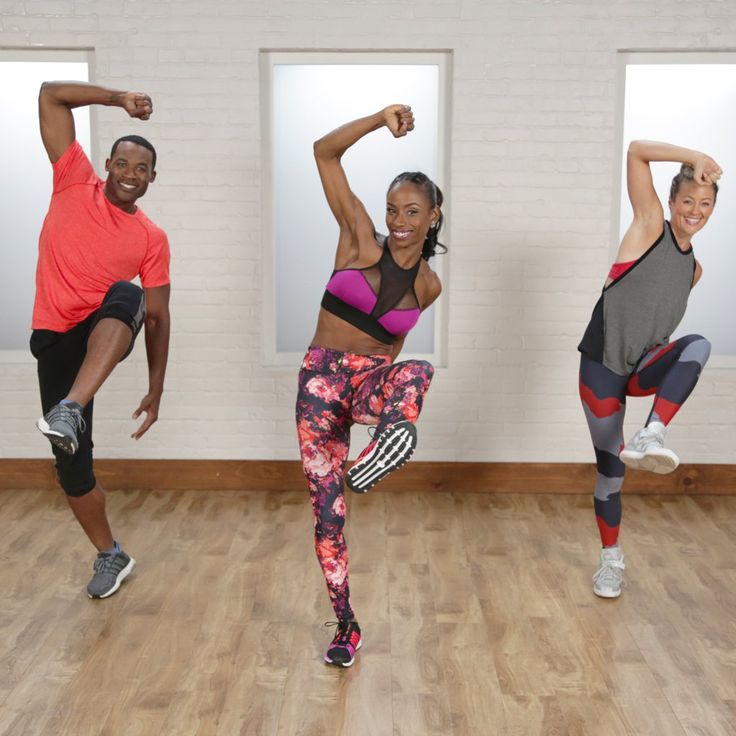
As a result, the school could not be opened. I spent a grant on an existing studio, and the foundation accepted it, because I originally asked for money to expand and develop the business. So the grant was well spent.
Despite the history with the grant, 2014 was a successful year: for the first time we held the first major dance event in the city — a pole dance competition. At the same time, it became possible to open branches in other cities: I found two halls and a representative, and I could launch three schools at once. But she was afraid of responsibility and put it off for the future.
/pozhaluite-grant/
How I got a grant for 100,000 R
I was afraid to carry such a large financial burden on my own, especially the simultaneous payments for four rents. I also wouldn’t have had enough time to manage all the studios myself, and there was no one to delegate.
If I created a network of dance studios, it would raise the status of the project, bring additional income and allow the sale of the franchise to start.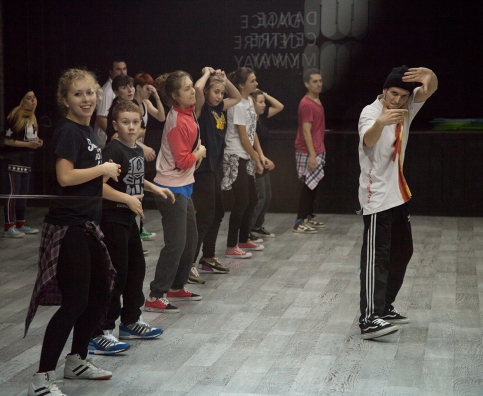 In the future, I did not have such opportunities.
In the future, I did not have such opportunities.
Went into the red and started again from scratch
In the winter of 2014, things went badly. At first I thought that it was just the off-season, winter and summer in this area are disastrous months. I had a small airbag with which I closed the holes. But in the spring it ended, but the situation did not get better, and the business went into the red.
Just then, the financial crisis happened, and it hit my city significantly: salaries dropped a lot, people began to save money - and first of all on hobbies. The city has a poor population, business is not doing very well, and financial shocks have a strong impact.
It seems to me that my business went into the red mainly due to two reasons:
- Some of the teachers turned out to be unscrupulous - they conducted additional classes in the studio past the cash desk. Or they were trained at my expense, and then left and poached students.
 I noticed this just in the fall of 2013 and in the winter of 2014, I was losing 20,000-35,000 rubles a month because of this.
I noticed this just in the fall of 2013 and in the winter of 2014, I was losing 20,000-35,000 rubles a month because of this. - Clients asked to renew their subscriptions in advance, but never brought money. In the winter of 2014, there were a lot of such cases - about 9— 12 people per month.
As a result, the studio's income fell from 110,000 to 60,000 rubles. I was forced to fire unscrupulous teachers and could no longer pay rent.
I had to move from a good place to nowhere, and the studio stopped working for almost a year - until February 2015.
Despite the closure, I believed in my project and had no idea what else to do. At that moment, the studio seemed to be the work of my whole life. In January 2015, I saw an advertisement for the delivery of a building with four-meter ceilings and two large halls.
By that time, competitors had already begun to appear in the city, who also taught half-dance. Half of my students and all the staff went to them - this time no one expressed loyalty and did not wait for me to solve problems. But the description of the new premises hooked me, and I decided to open again. She recruited teachers from her former students, and also looked for clients through social networks.
But the description of the new premises hooked me, and I decided to open again. She recruited teachers from her former students, and also looked for clients through social networks.
The renovation of the hall took several months, so the studio opened only at the end of March. With difficulty, but I brought the business to its previous level, launched joint courses with teachers from other cities. I spent 285,000 R on the opening - these are the costs of repairs and rent for three months. I borrowed part of the amount from a friend, I earned part myself - at night I wrote diplomas in economics for students.
285 000 Р
I spent on opening a new studio
How I decided to sell the studio two months. I managed to pay off debts for repairs and reach a stable profit.
In 2016, a lot has changed in my life. I met my future husband, we began to live together, and then we decided to move to another city. The business was irrelevant for me, and I put the studio up for sale.
It was planned that it would be bought by one of the old students who have been working in the studio since its foundation. And so it happened. We negotiated with one of the students for almost a month. By that time, I had already closed my LLC and was about to move. Therefore, I sold the studio to her as an individual with the transfer of all rights, property and equipment for a symbolic 100,000 R - this is how much the equipment of the hall cost, taking into account wear and tear.
After the sale, I introduced the new owner of the studio to the staff and students, completed all personal affairs and never returned to this topic.
Expenses for December 2016
| Salary | 25,000 R |
| Premises for rent | 14 000 R |
| Drinking water and disposable cups | 2000 R |
| Alcohol | 2000 R |
| Utility payments | 1500 R |
| Total | 42 500 R |
Salary
25 000 R
9000 РWhat mistakes affected the development of the business
Despite the successful start of 2014, I made mistakes that slowed down the development of the business.
Did not conclude contracts with teachers, because I relied on their integrity and honesty. As a result, they went through training that I paid for, then went to competitors and took students away. To prevent this from happening, I needed to legally fix the training and confidentiality conditions. For example, to prescribe in the contract that the teacher is obliged to work in the studio for a certain period after completing the training or pay its cost, otherwise - a fine.
Gave the keys to the studio to all teachers. I did not follow what the teachers were doing in the studio outside of class, and someone began to conduct classes past the cash register. Usually, an administrator works in studios, and only he has the keys: he opens and closes the studio, marks clients, and monitors subscriptions.
Made the salary too high in the city. I could save about 15,000 R per month on teachers' salaries and spend this amount more appropriately - on advertising or attracting additional teachers during the daytime and weekends.
Didn't introduce strict visiting rules and didn't set up an accounting system. I went forward when the students asked to renew the subscription on credit or pay in installments. Because of this, I lost some of the money: clients went to classes, but never brought money for them, and I could forget who did not pay. If we had a CRM or other customer accounting system, these problems could have been avoided.
Irrationally used the premises. Instead of opening a second hall and teaching other dance styles, I made a dressing room and an office for employees in its place. In addition, it was possible to sublease the premises in the morning and afternoon, when there were no classes. I was offered this, but I refused. The studio could have a large sum from the evening for the sale of subscriptions, so you would have to keep track of those who rent the hall for sublease - either hire an administrator or do everything yourself. There was no worker for a nominal fee, and I didn’t have enough time.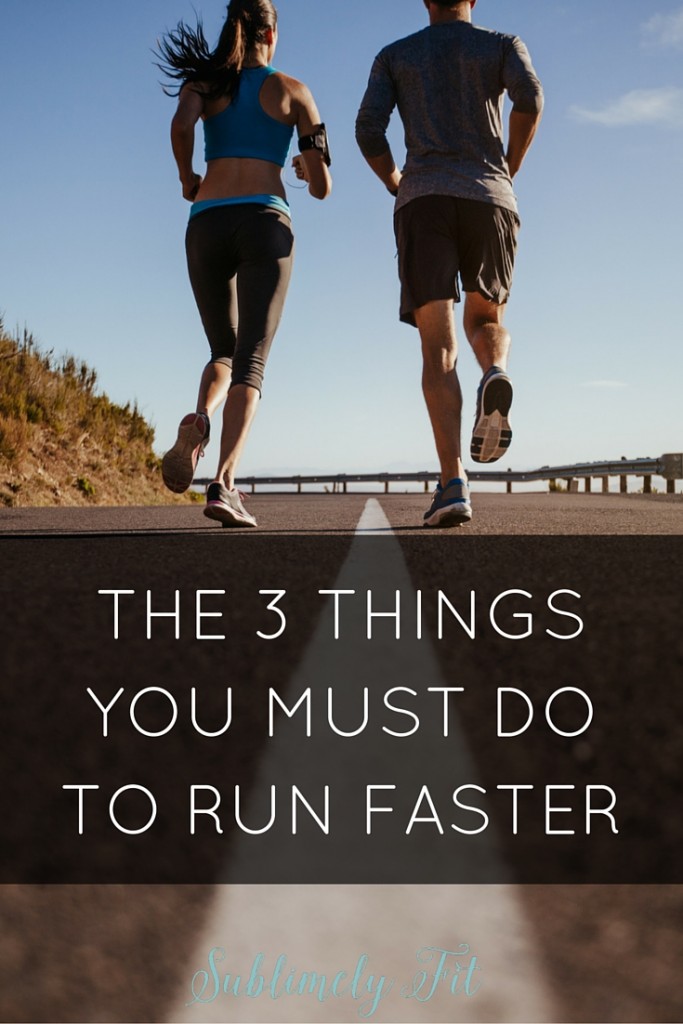
Did not use all advertising tools . It was possible to attract well-known personalities in the city for cooperation, place booklets and business cards in popular places, launch targeted advertising and more actively maintain a page on Instagram. When I reopened the studio, I no longer invited the press and did not arrange master classes, and as a result, they began to forget about the school, especially since three competitors appeared.
Made hasty decisions. The third move was unsuccessful: the studio was in an area difficult to reach by public transport, too much money was spent on repairs, and it was difficult to get along with the landlords. For example, they promised to install batteries for three months and started working only when I threatened to leave. All agreements with landlords had to be fixed in writing in the contract, and not limited to verbal promises.
Invested in an ad that didn't work.